Microbiology & Virology
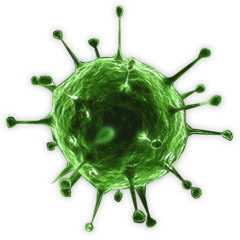
Microbiology & Virology
A virus is a small infectious agent that replicates inside living cells. Viruses cause many human diseases from small illnesses, like influenza, to more deadly diseases, like hepatitis B and HIV. Our body’s immune system defends against viral infection by generating specific antibodies to bind to and neutralize viral particles and by cell mediated immunity that destroys infected host cells.
Targets for Microbiology & Virology
- Antibiotic(531)
- Bacterial lipoprotein targeting chaperone(1)
- CCR5(3)
- CMV(24)
- gp120/CD4(7)
- HBV(78)
- HCV(170)
- HIV(453)
- HSV(86)
- Influenza virus(139)
- NA(11)
- Reverse Transcriptase(67)
- RSV(38)
- SRPK(5)
- SARS-CoV(134)
- Antifungal(34)
- Orthopoxvirus(2)
- Antimalaria(10)
- Beta-Lactamase(0)
- VEEV(1)
- Arenavirus(10)
- Bacterial(1301)
- Enterovirus(21)
- Filovirus(5)
- Fungal(335)
- Parasite(387)
- Virus Protease(73)
- Chicken Pox & Shingles(0)
- Chikungunya(0)
- Coronaviruses(9)
- Dengue(2)
- DNA & RNA Polymerase Inhibitors(4)
- Ebola(0)
- Entry/Fusion Inhibitors(6)
- Epstein-Barr(0)
- Integrase Inhibitors(2)
- MERS(6)
- Others(0)
- Rhinoviruses(1)
- West Nile Virus(0)
- Yellow Fever(1)
- Zika(0)
- COVID-19(16)
- Antiviral(2)
Products for Microbiology & Virology
- Cat.No. Product Name Information
-
GC38683
Benzyl isothiocyanate
Benzyl isothiocyanate is a member of natural isothiocyanates with antimicrobial activity.
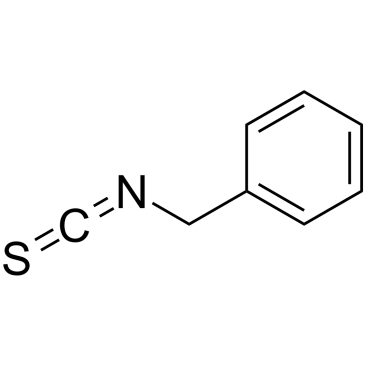
-
GC60639
Benzyldodecyldimethylammonium chloride dihydrate
Benzyldodecyldimethylammonium chloride dihydrate is a quaternary ammonium compound (QAC) and can be used as a biocide to target antibiotic-resistant bacteria, such as methicillin-resistant?Staphylococcus aureus?(MRSA), multidrug-resistant (MDR)?P.
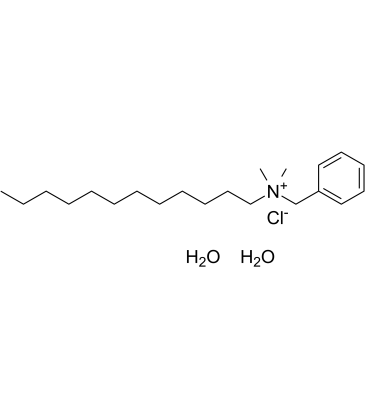
-
GC35496
Bephenium
Bephenium is an anthelmintic agent formerly used in the treatment of hookworm infections and ascariasis; B-type AChR activator.
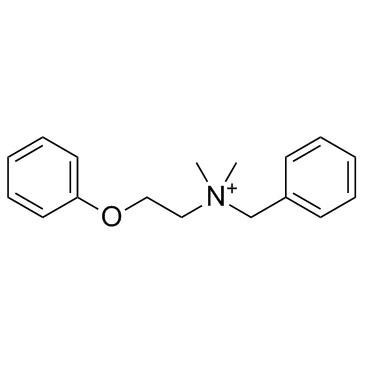
-
GC12697
Bephenium Hydroxynaphthoate
Anthelmintic agent
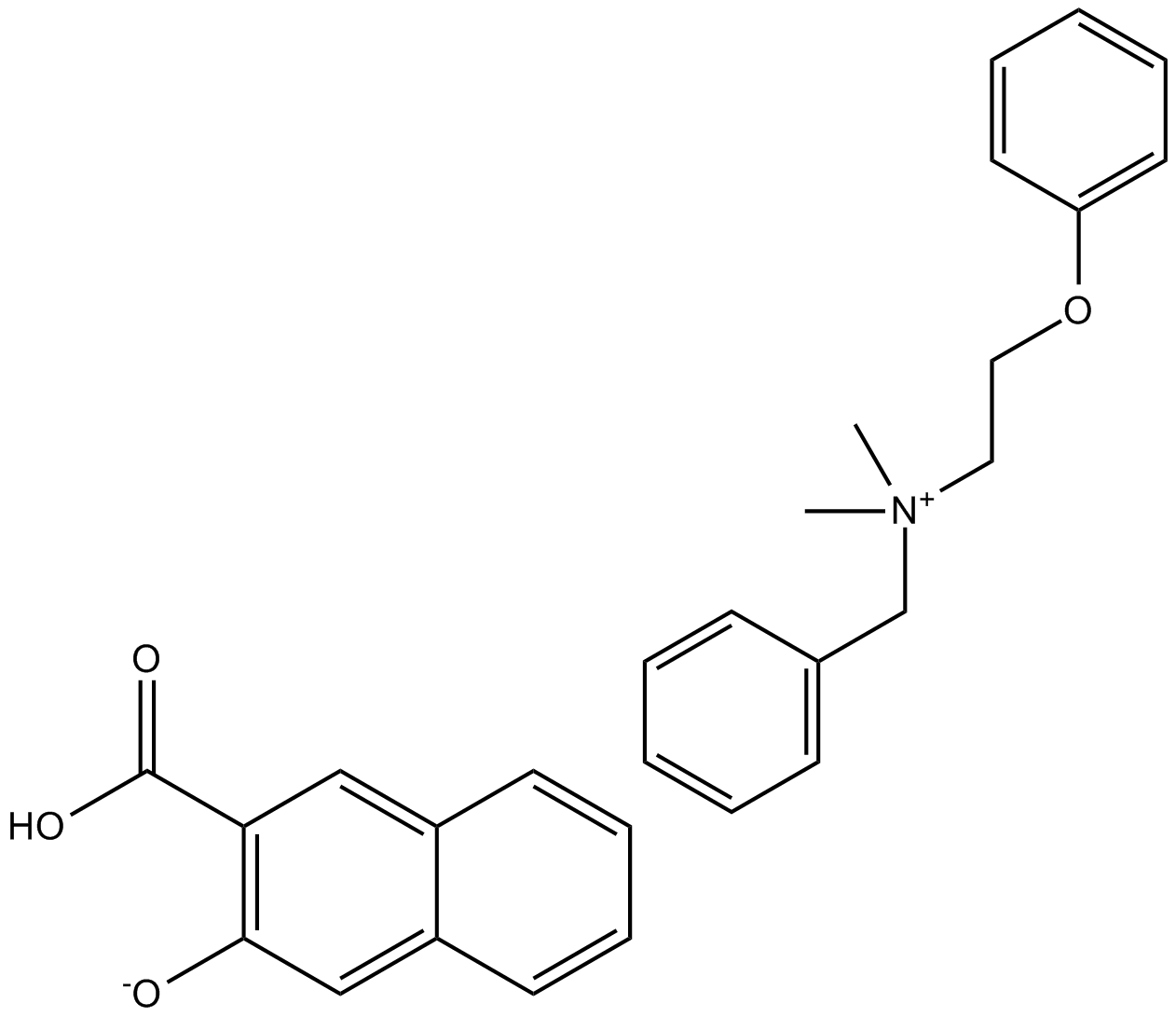
-
GC68297
Bepirovirsen
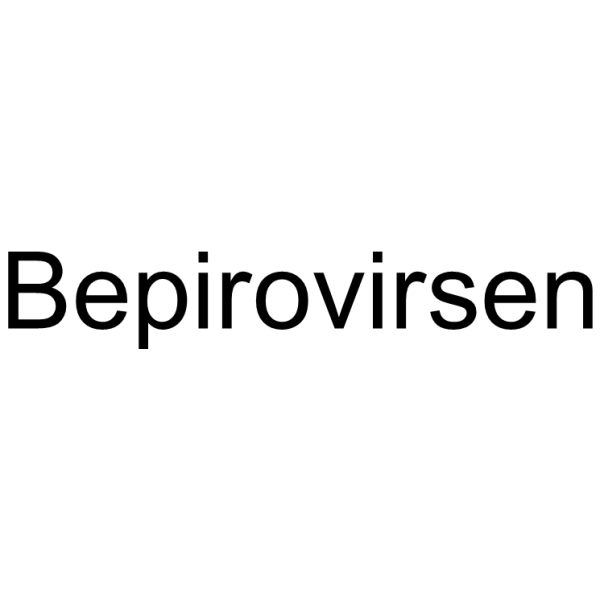
-
GC14250
Bepotastine Besilate
Non-sedating, selective antagonist of histamine 1 (H1) receptor
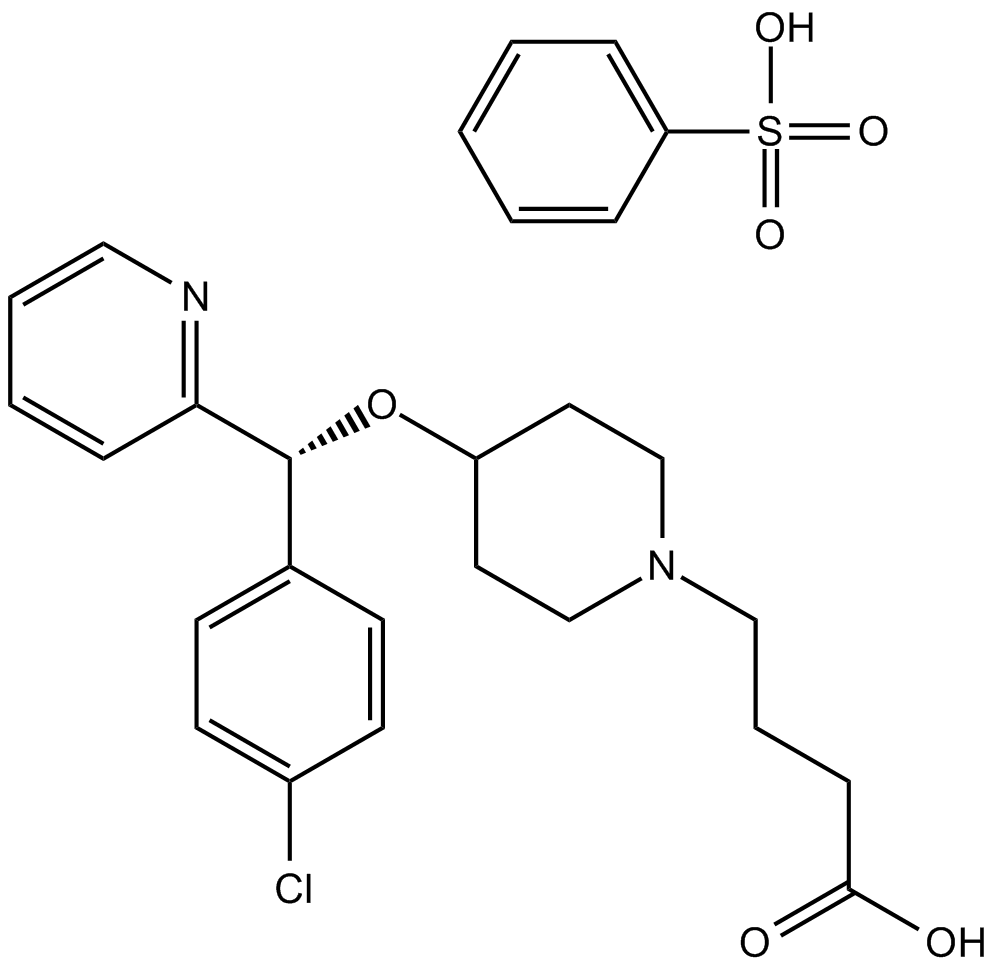
-
GN10221
Berberine
Berberine (Natural Yellow 18) is an alkaloid isolated from the Chinese herbal medicine Huanglian, as an antibiotic. Berberine (Natural Yellow 18) induces reactive oxygen species (ROS) generation and inhibits DNA topoisomerase.
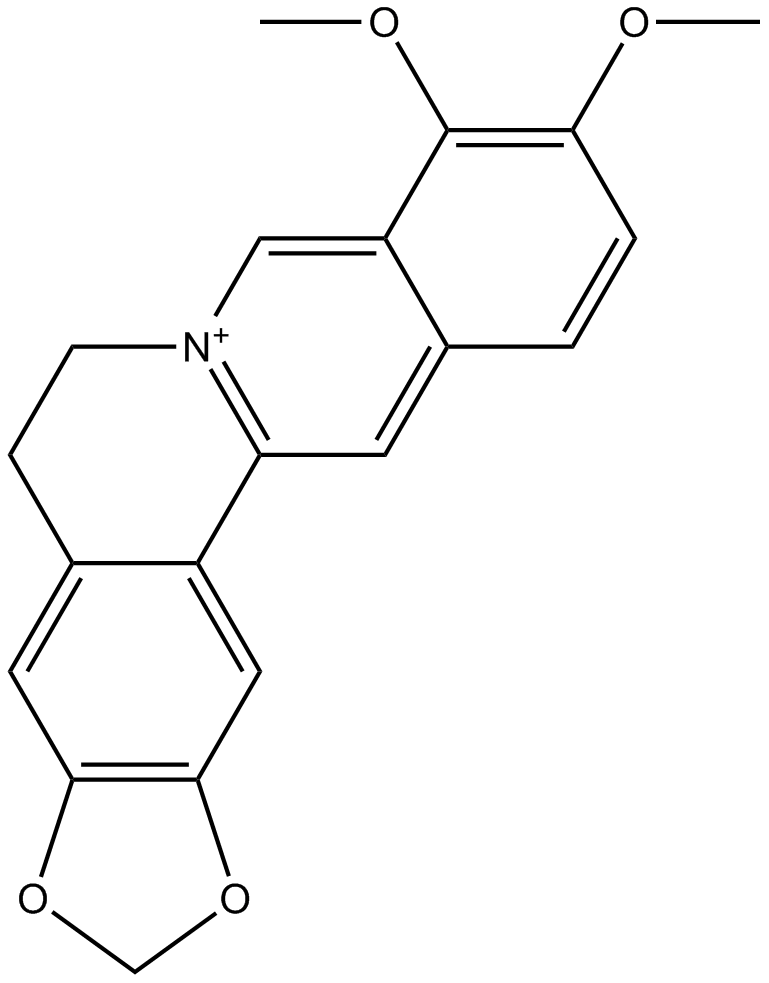
-
GC35497
Berberine chloride hydrate
Berberine chloride hydrate (Natural Yellow 18 chloride hydrate) is an alkaloid that acts as an antibiotic. Berberine chloride hydrate induces reactive oxygen species (ROS) generation and inhibits DNA topoisomerase. Antineoplastic properties.
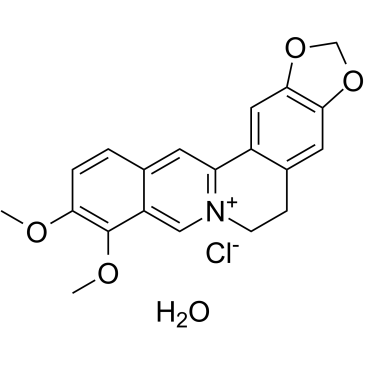
-
GN10208
Berberine hydrochloride
Berberine hydrochloride is an isoquinoline alkaloid derived from the Ranunculaceae medicinal plant Coptis chinensis. It has various pharmacological activities such as anti-tumor, anti-inflammatory, and hypoglycemic activities.
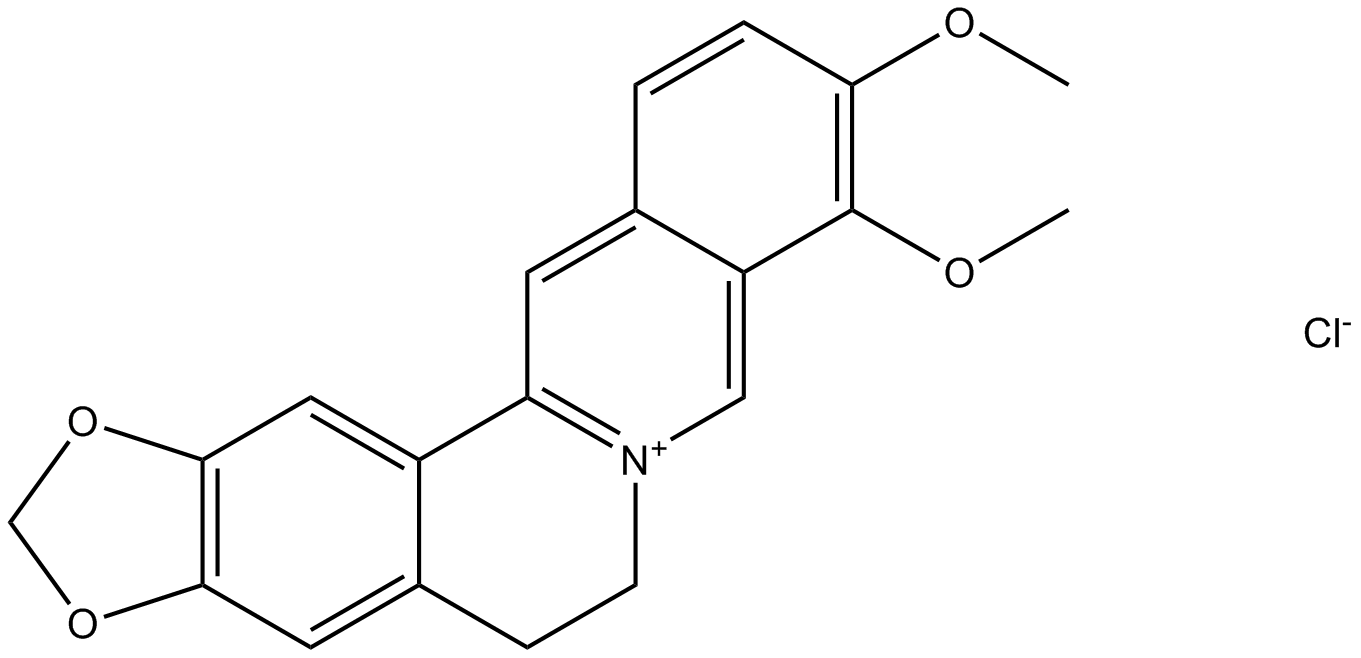
-
GN10523
Berberine Sulfate
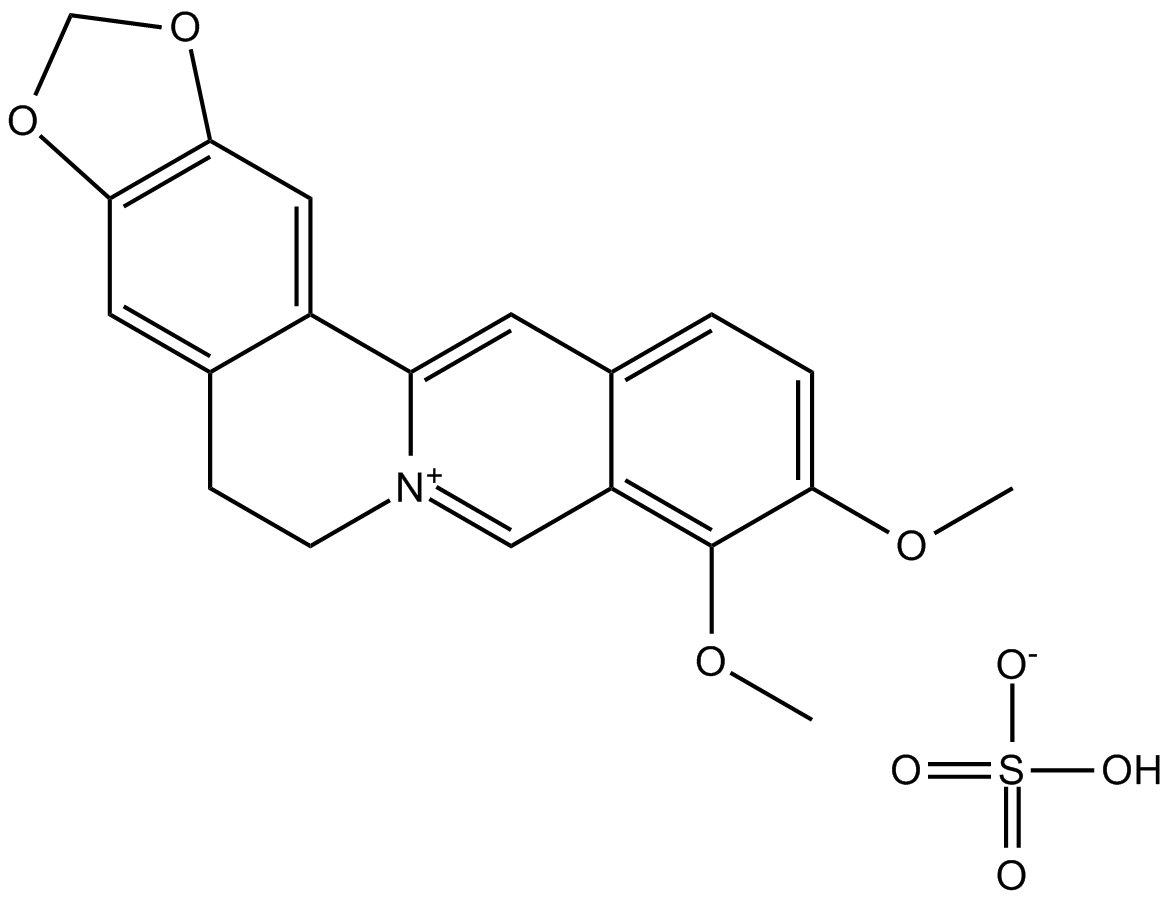
-
GC49387
Berberine-d6 (chloride)
An internal standard for the quantification of berberine
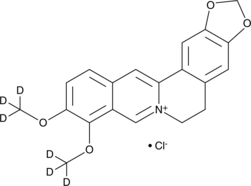
-
GN10539
Bergenin

-
GC13475
Berninamycin A
cyclic thiopeptide antibiotic
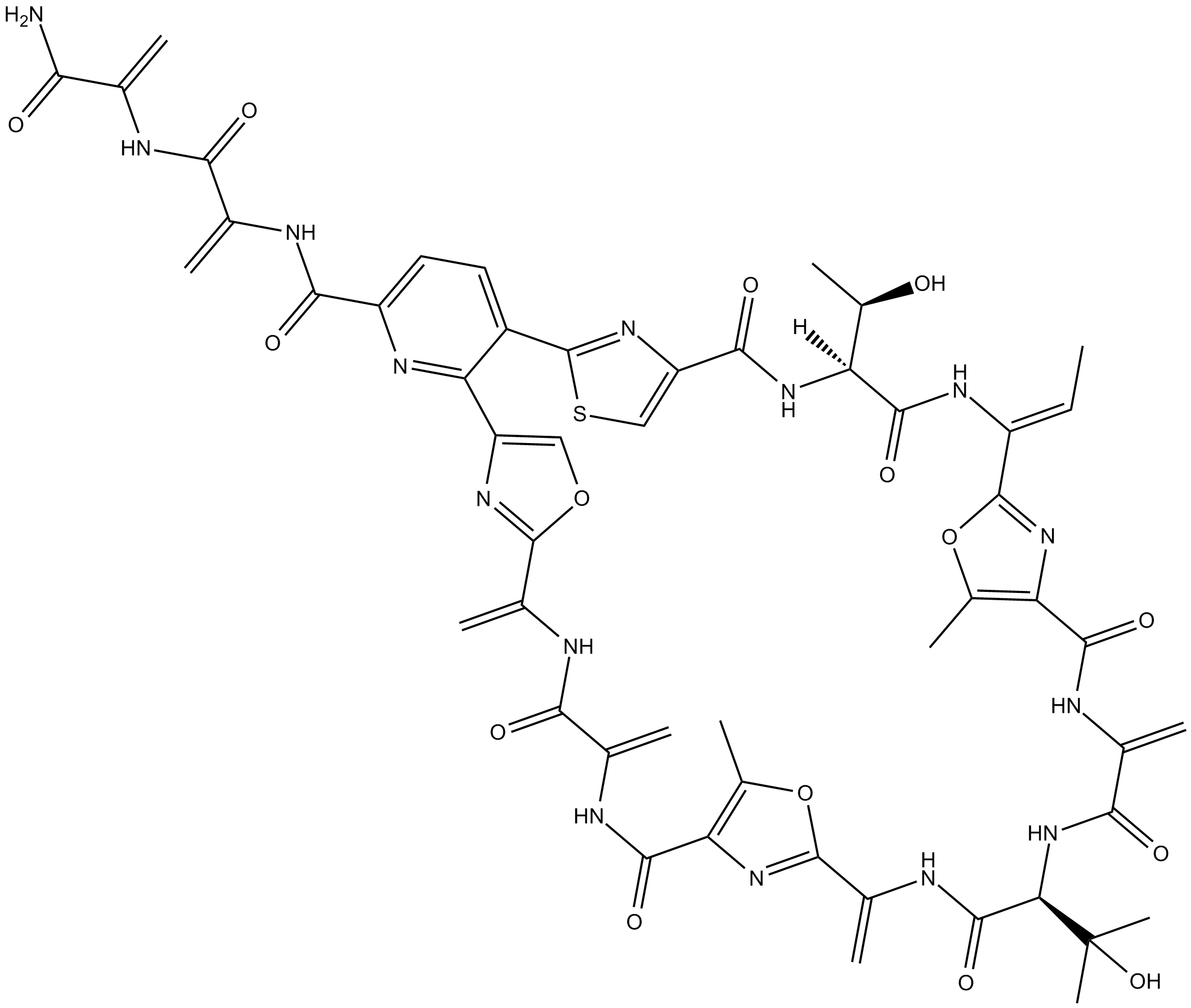
-
GC63421
Bersacapavir
Bersacapavir is a novel Hepatitis B Virus capsid assembly modulator.
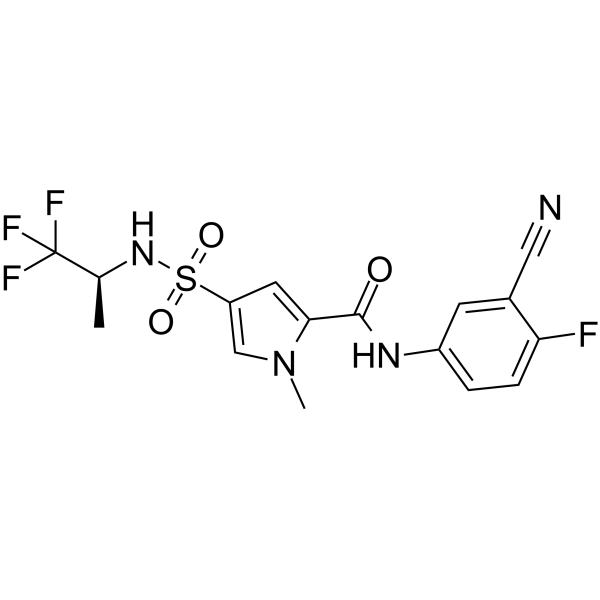
-
GC25135
Besifloxacin
Besifloxacin is a fourth generation fluoroquinolone-type opthalmic antibiotic for the treatment of bacterial conjunctivitis.
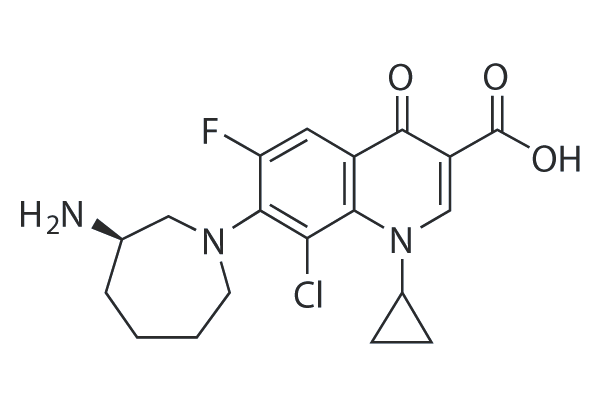
-
GC15920
Besifloxacin HCl
Besifloxacin hydrochloride is a fourth-generation fluoroquinolone antibiotic.

-
GC38517
Besifovir
Besifovir (LB80331), a parent drug converted by LB80380, further metabolizes to its active form, LB80317.
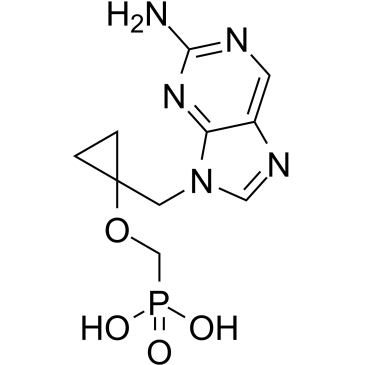
-
GC33989
beta-L-D4A
beta-L-D4A is a nucleoside HIV-1 reverse transcriptase inhibitor.
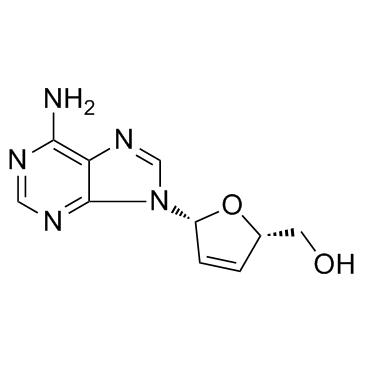
-
GC33078
beta-lactamase-IN-1
beta-lactamase-IN-1 is an inhibitor of β-Lactamase extracted from patent WO2016027249A1, page 77.
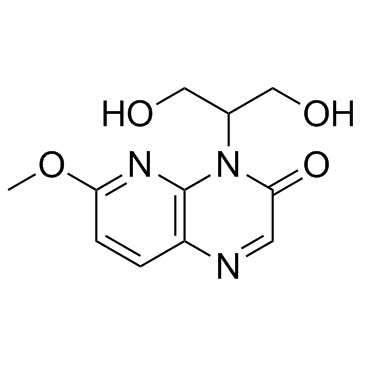
-
GC10619
Betamipron
Parenteral carbapenem antibiotic
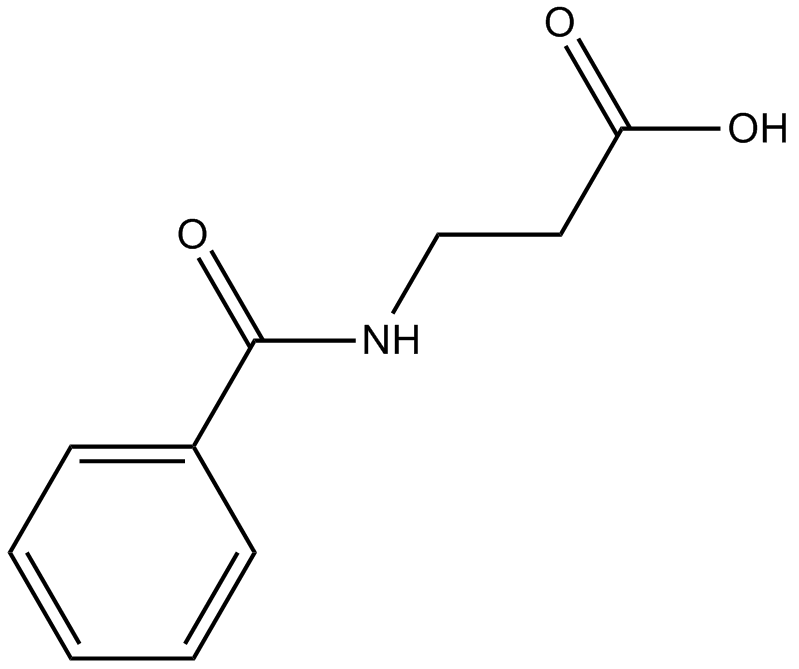
-
GC35507
Bethoxazin
Bethoxazin(Bethoguard) is a new broad spectrum industrial microbicide with applications in material and coating preservation.
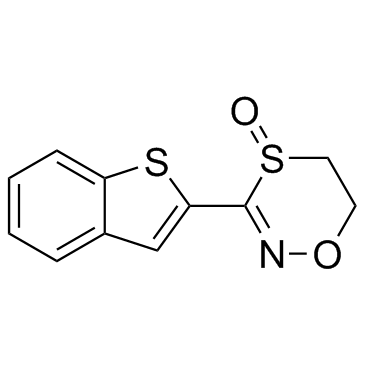
-
GC48446
Betulin 3,28-diacetate
A triterpene with antiviral and hepatoprotective activities
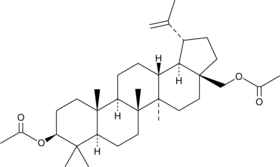
-
GN10081
Betulinaldehyde
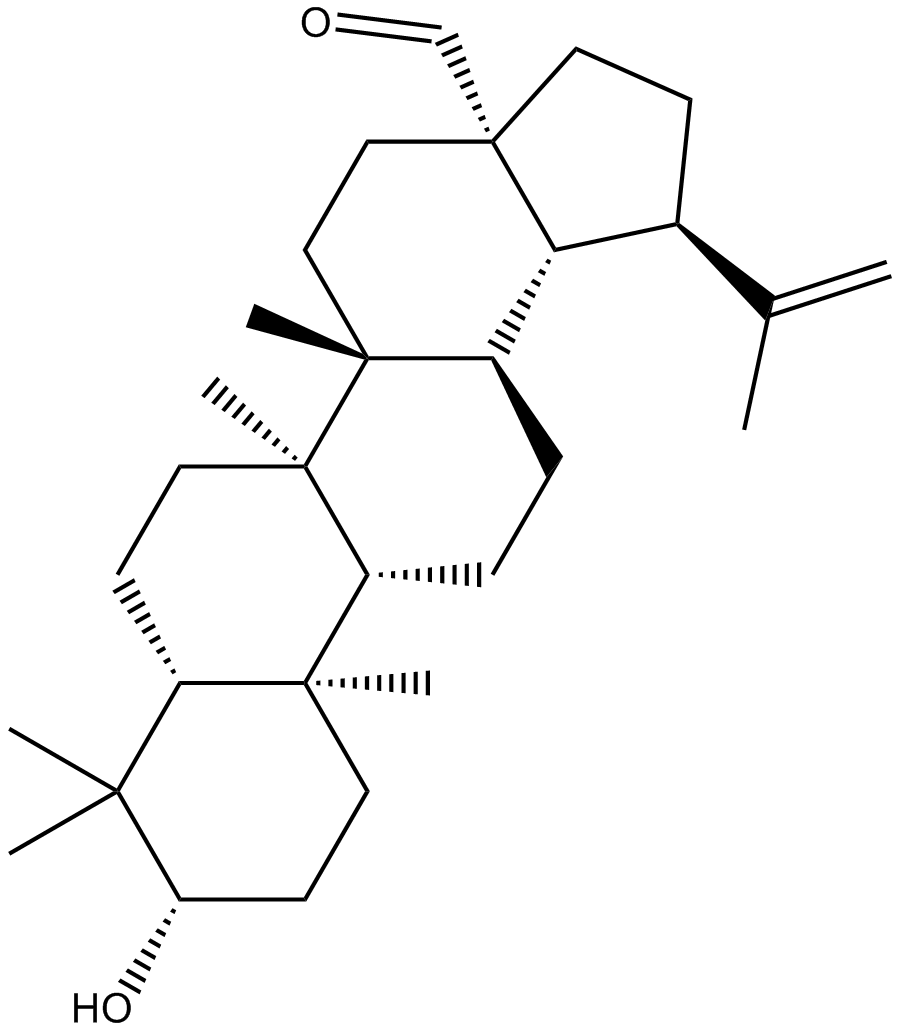
-
GC10480
Betulinic acid
A plant triterpenoid similar to bile acids
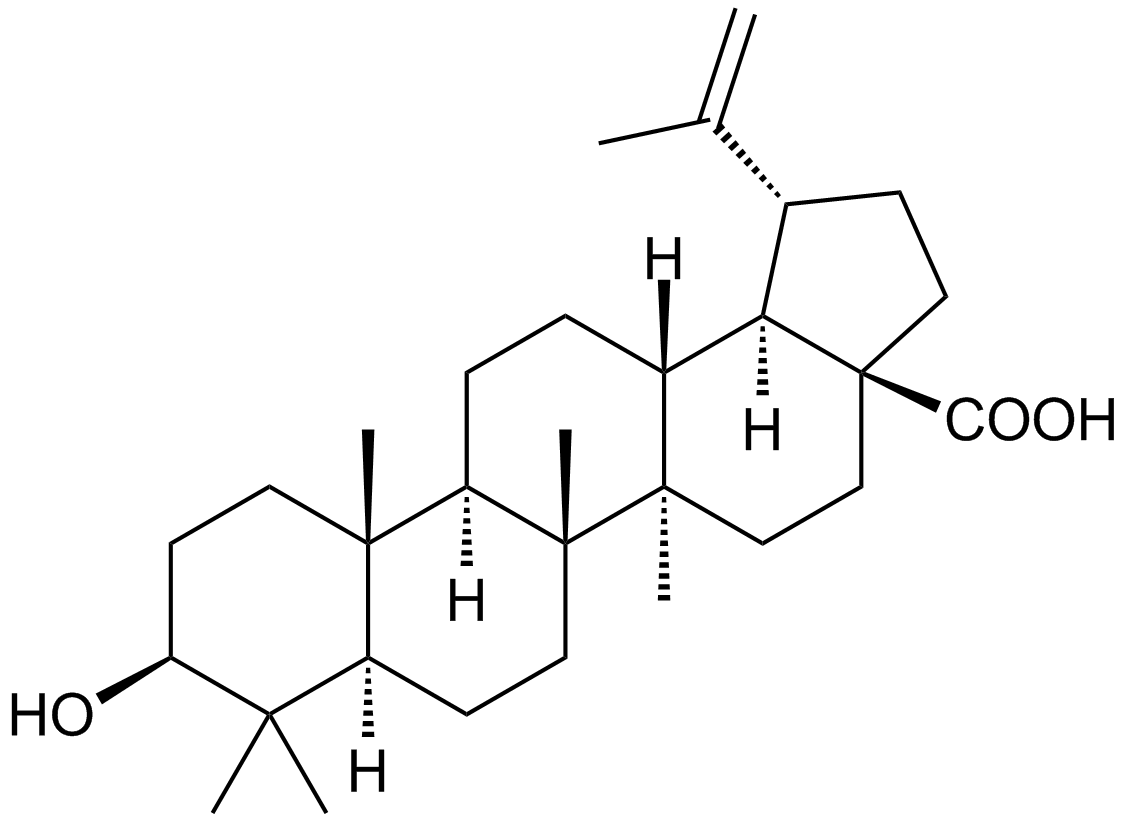
-
GC48504
Betulinic Aldehyde oxime
A derivative of betulin
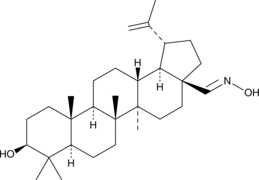
-
GC35508
Bevirimat
An inhibitor of HIV-1 virion maturation
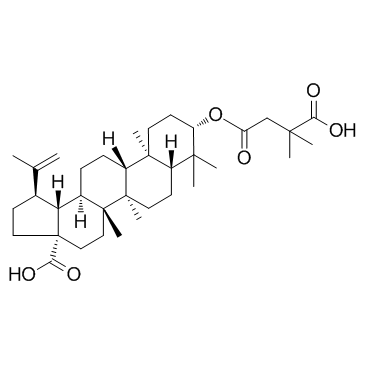
-
GC32381
BF738735
BF738735 is a phosphatidylinositol 4-kinase III beta (PI4KIIIβ) inhibitor with an IC50 of 5.7 nM.
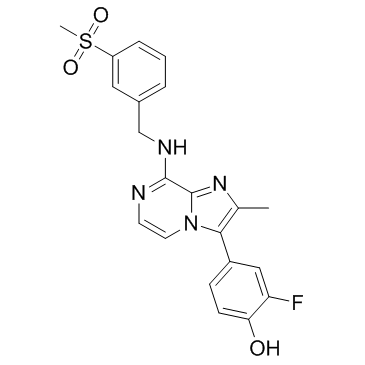
-
GC46100
BHBM
An acylhydrazone with antifungal activity
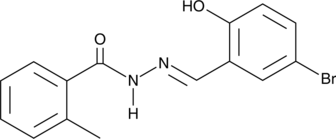
-
GC35510
BI 224436
BI 224436 is a novel HIV-1 noncatalytic site integrase inhibitor with EC50 values of less than 15 nM against different HIV-1 laboratory strains.
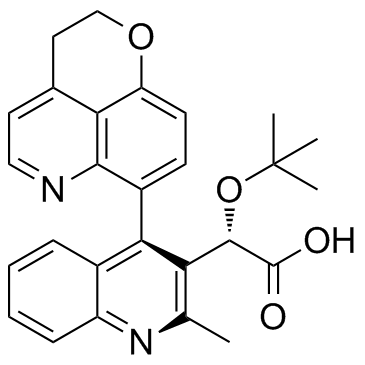
-
GC14204
Biapenem
Highly broad spectrum antibiotic agent
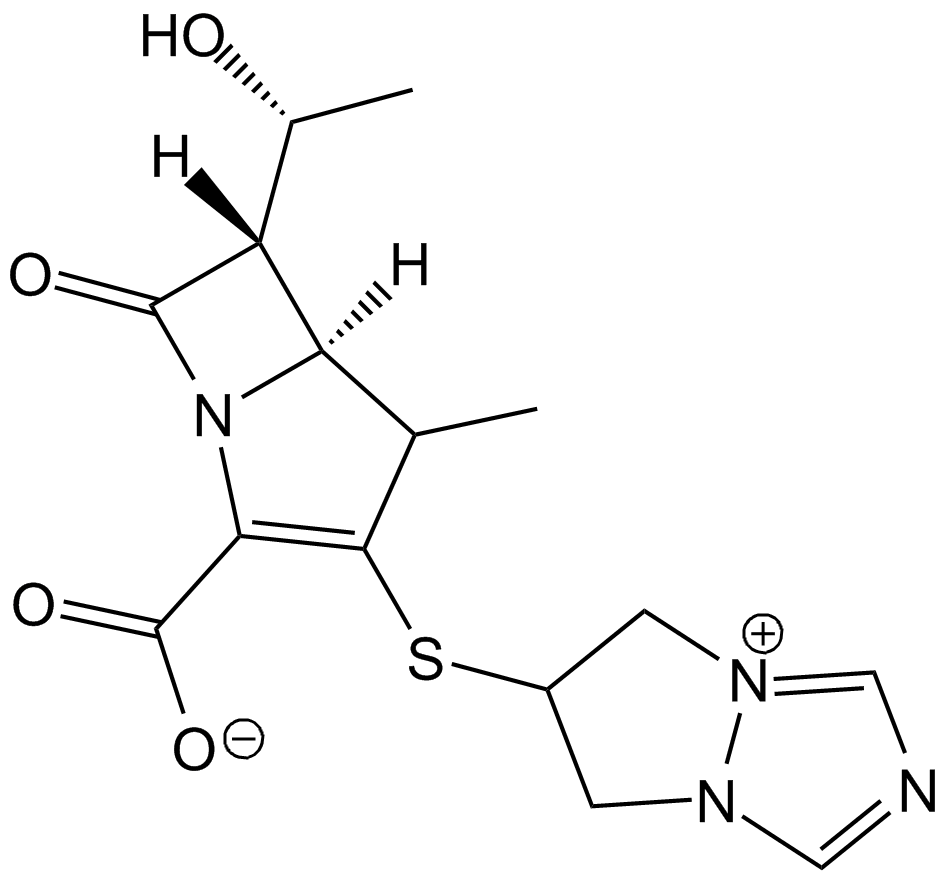
-
GC32060
Bictegravir (GS-9883)
Bictegravir (GS-9883) (GS-9883) is a potent inhibitor of HIV-1 integrase with an IC50 of 7.5 nM.
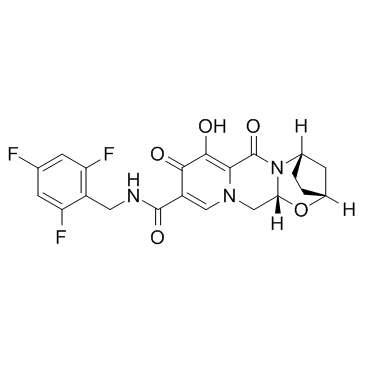
-
GC18304
Bicyclol
Bicyclol is a hepatoprotective agent.
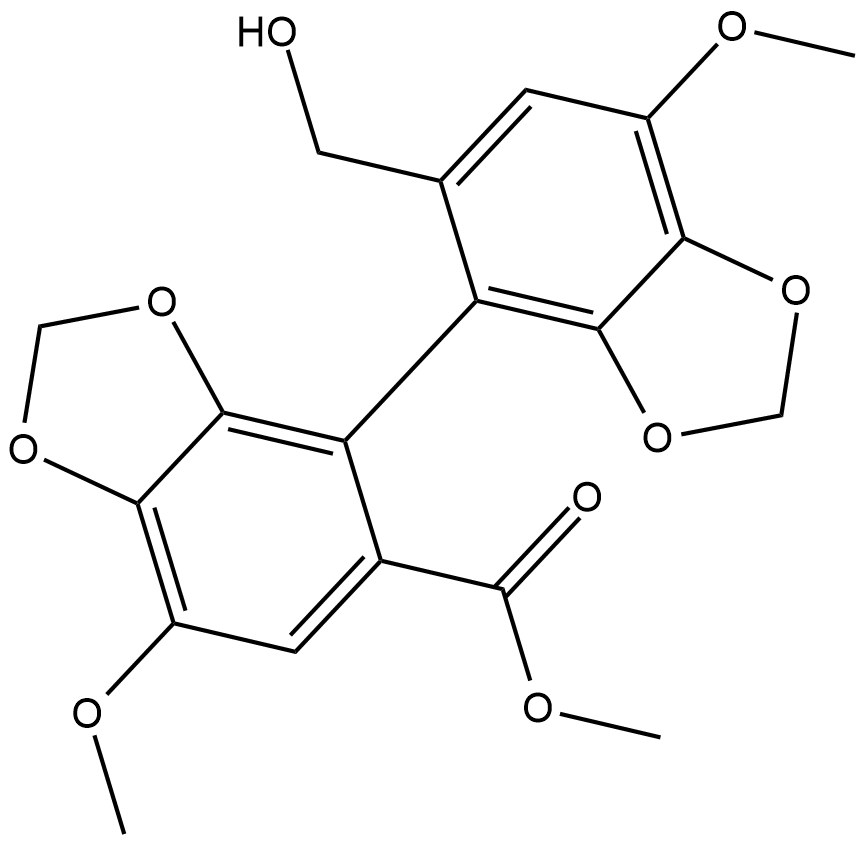
-
GC14866
Bicyclomycin Benzoate
antibiotic
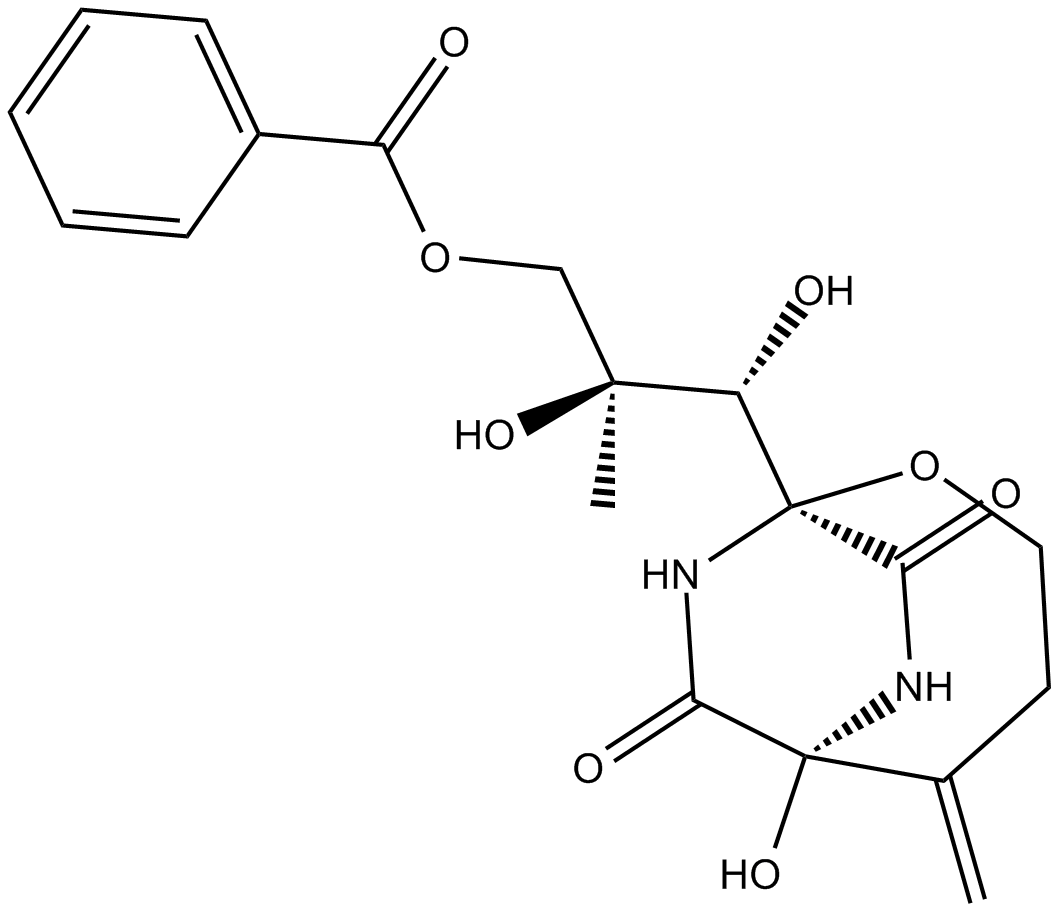
-
GC39348
Bifendate
Bifendate (DDB) is a synthetic intermediate of Schisandrin C with anti-HBV efficacy in research of chronic hepatitis B.
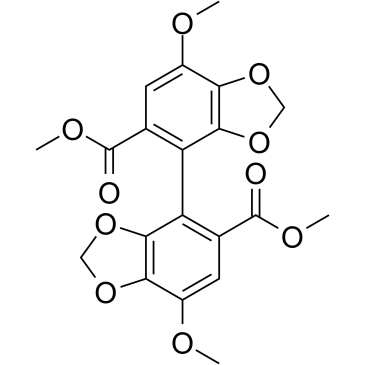
-
GC17752
Bifonazole
imidazole antifungal drug
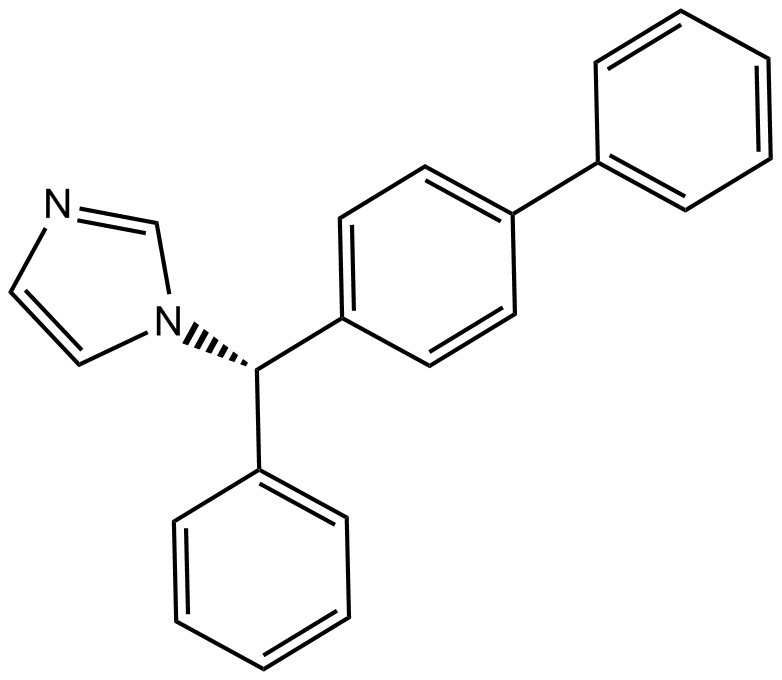
-
GC45391
Bikaverin
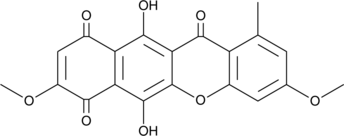
-
GC14233
BIO-acetoxime
GSK-3α/β inhibitor
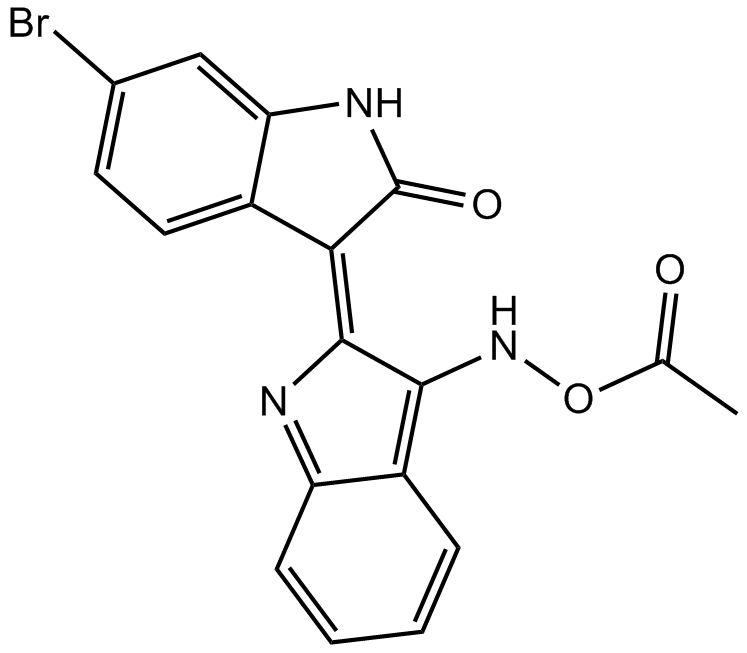
-
GC52326
Biotin-PEG4-LL-37 (human) (trifluoroacetate salt)
A biotinylated and pegylated form of LL-37

-
GC12426
Birinapant (TL32711)
An antagonist of cIAP1, cIAP2, and XIAP
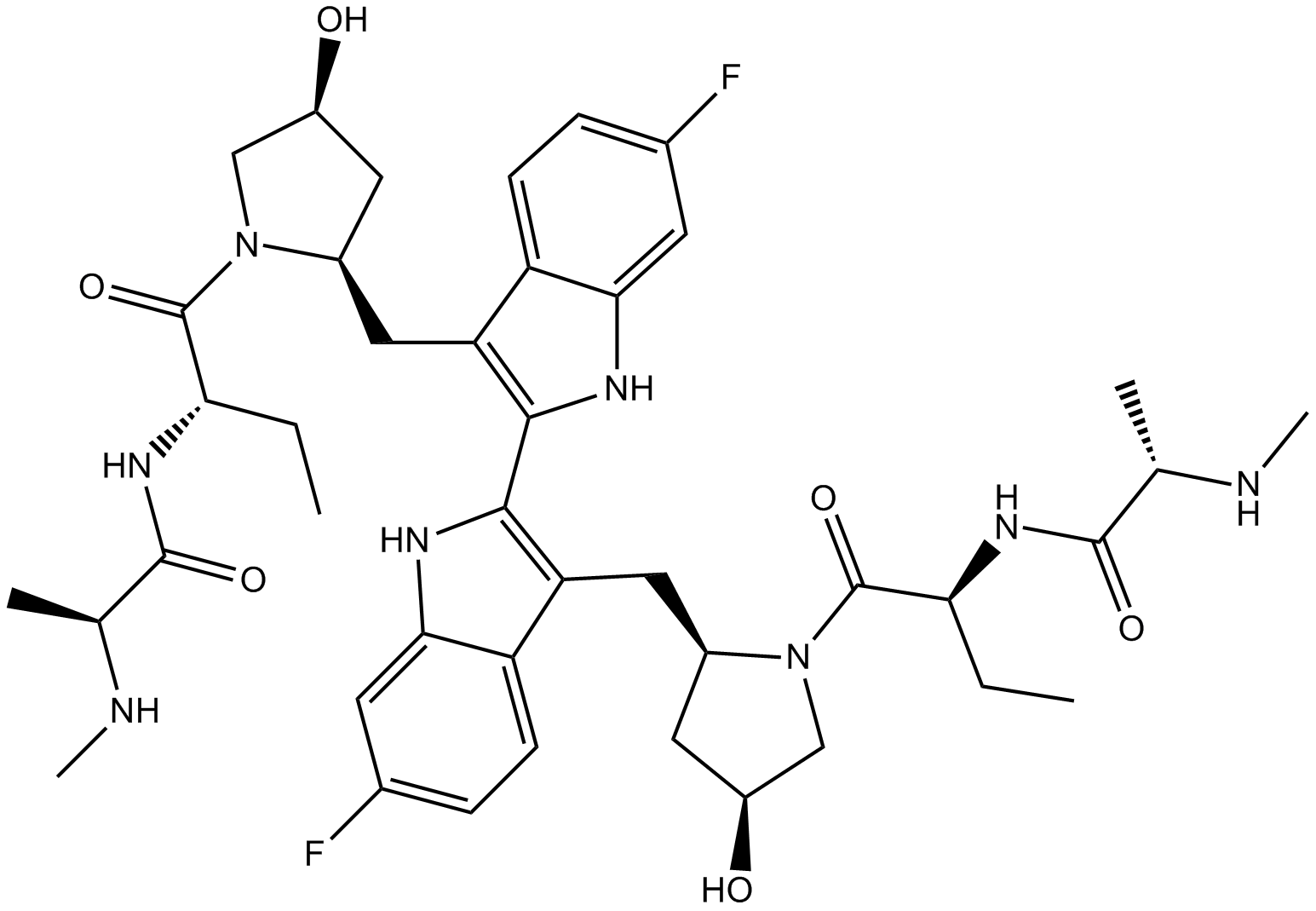
-
GC14716
Bisindolylmaleimide IV
protein kinase C (PKC) inhibitor
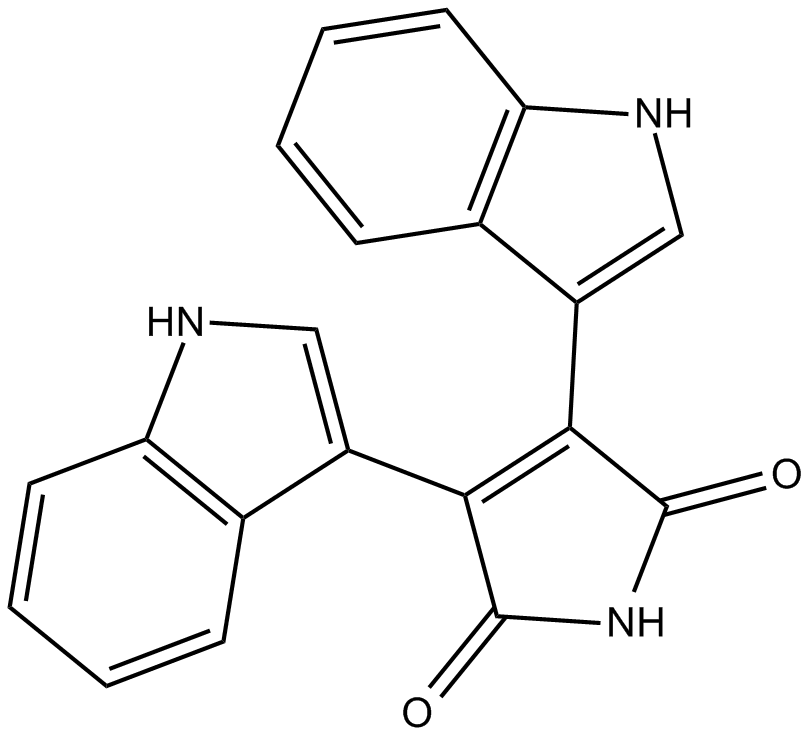
-
GC61825
Bismuth subcarbonate
Bismuth subcarbonate (Bismuth carbonate oxide) is a typical Bi-based semiconductor that is widely applied as antibacterial, sensors, super capacitors, and photocatalysts.
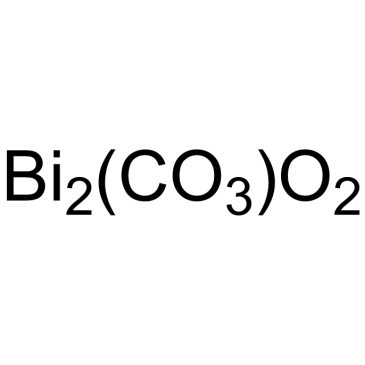
-
GC15357
Bismuth Subcitrate Potassium
Antibiotic used to treat stomach ulcers
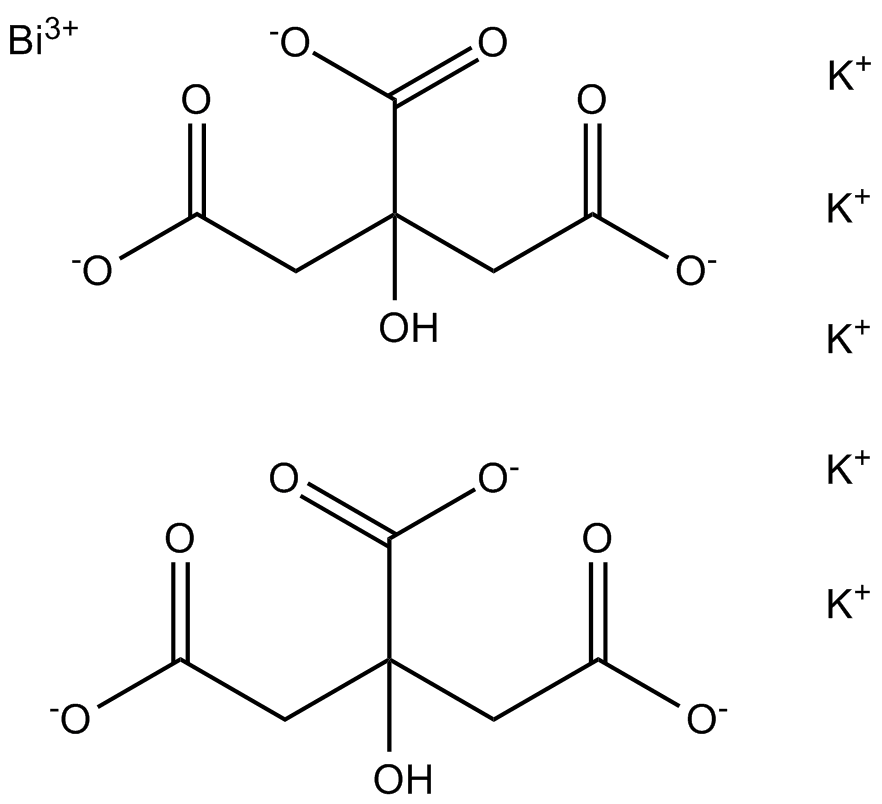
-
GC15976
Bithionol
potent inhibitor of soluble adenylyl cyclase (sAC)
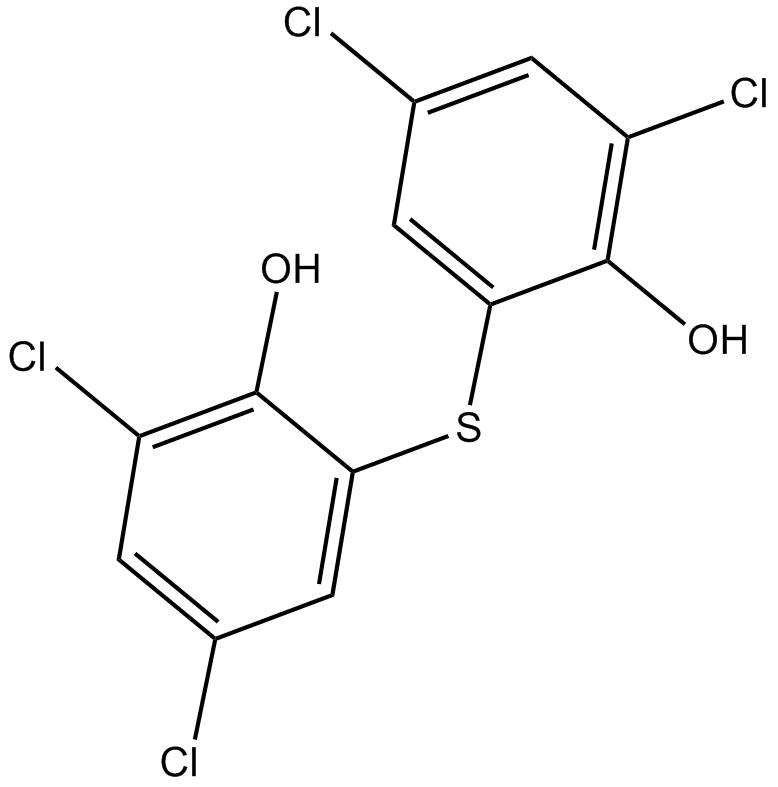
-
GC35526
Bithionol sulfoxide
Bithionol sulfoxide is an anti-infection agent for parasites.
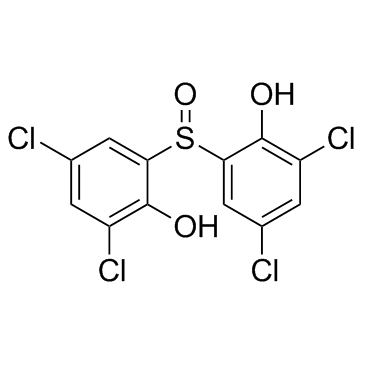
-
GC32239
Bitoscanate (p-Phenylene diisothiocyanate)
Bitoscanate (p-Phenylene diisothiocyanate) (p-Phenylene diisothiocyanate) is an organic chemical compound used in the treatment of hookworms.
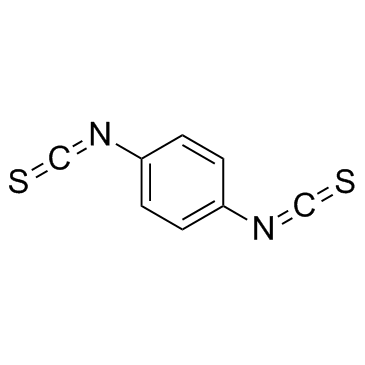
-
GC35531
BKI-1369
BKI-1369 is a bumped kinase inhibitor (BKI).
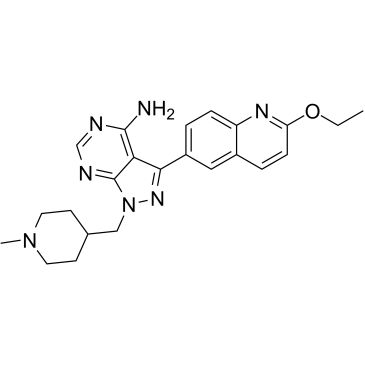
-
GC10909
Bleomycin A5 (hydrochloride)
glycopeptide antibiotic that lead to nucleic acid cleavage
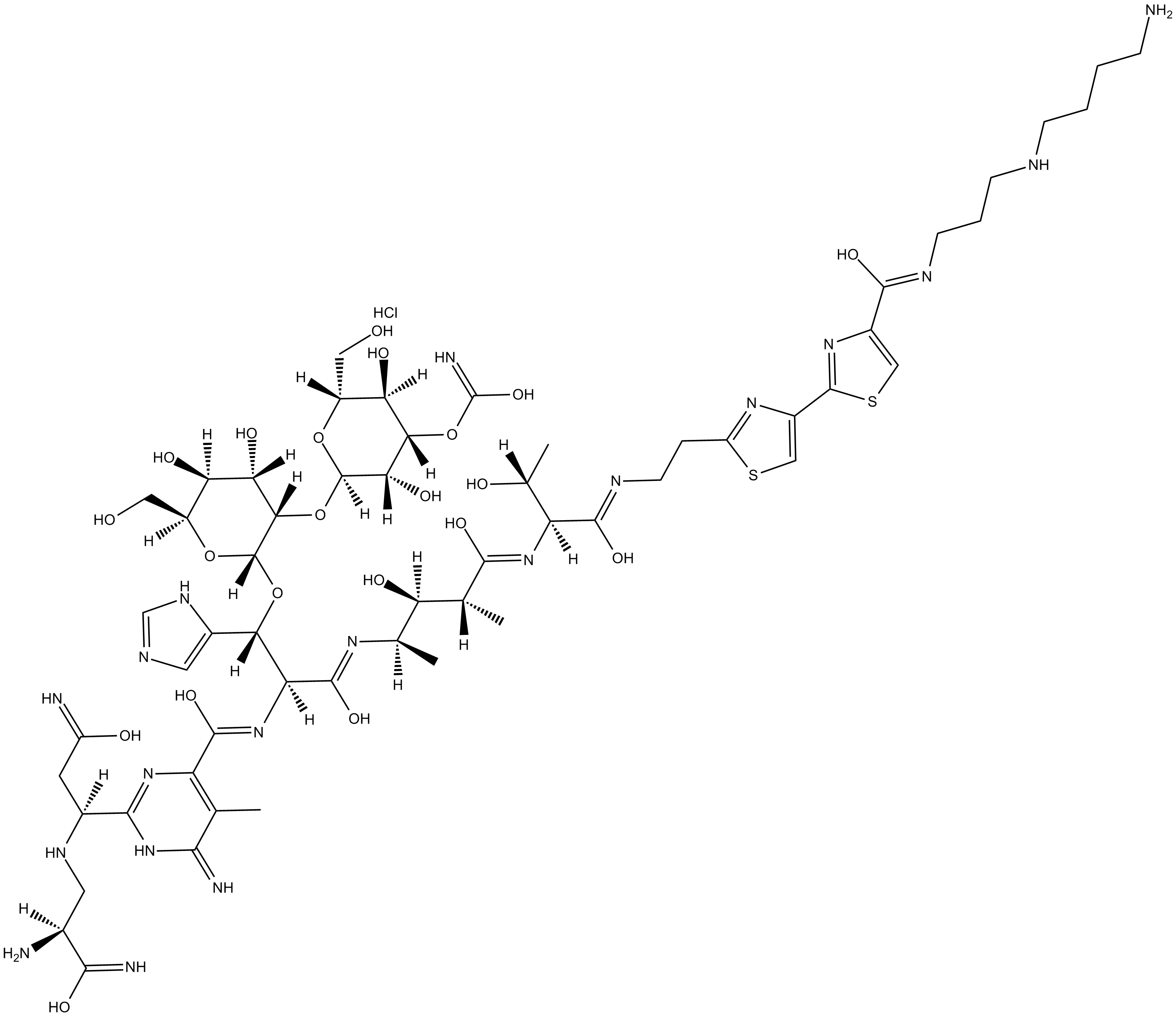
-
GC60089
Bleomycin hydrochloride
Bleomycin hydrochloride is a DNA synthesis inhibitor. Bleomycin hydrochloride is a DNA damaging agent. Bleomycin hydrochloride is an antitumor antibiotic.
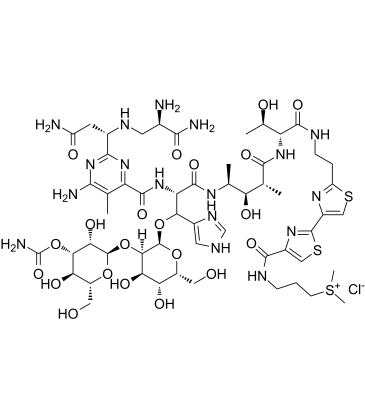
-
GC15819
Bleomycin Sulfate
Bleomycin is produced by Streptomyces verticillis.
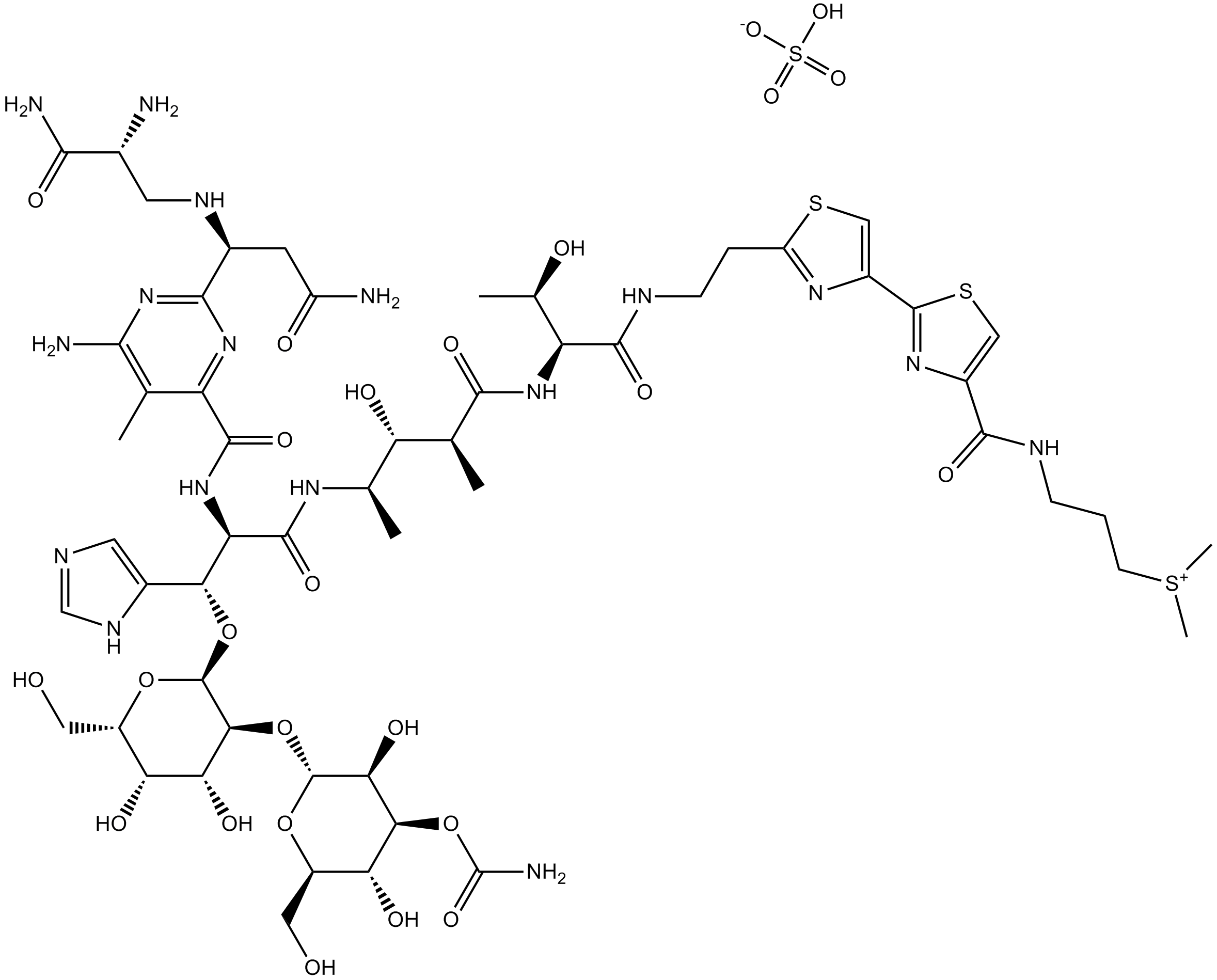
-
GC60648
BLT-1
BLT-1, a thiosemicarbazone copper chelator, is a selective scavenger receptor B, type 1 (SR-BI) inhibitor.
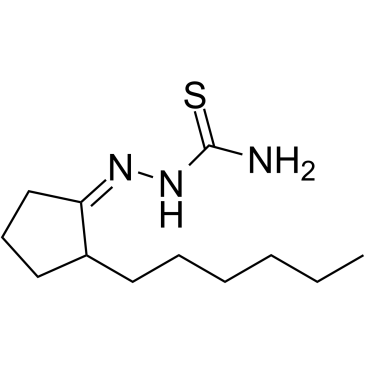
-
GC18217
BM212
BM212 is an antimycobacterial compound.
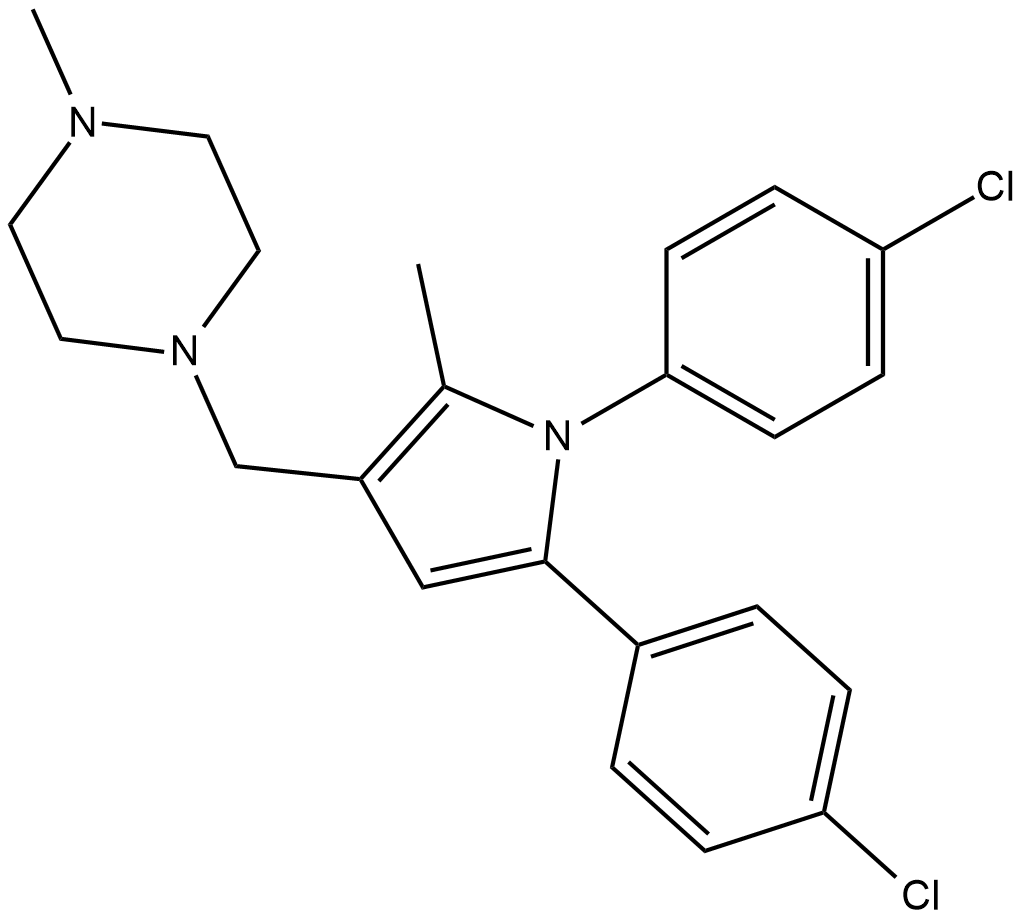
-
GC32204
BM635
BM635 is a MmpL3 inhibitor with outstanding anti-mycobacterial activity.
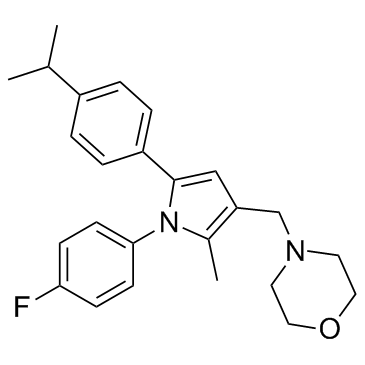
-
GC10263
BMS-378806 (BMS-806)
BMS-378806 (BMS-806) is a potent HIV-1 attachment inhibitor that interferes with CD4-gp120 interactions.
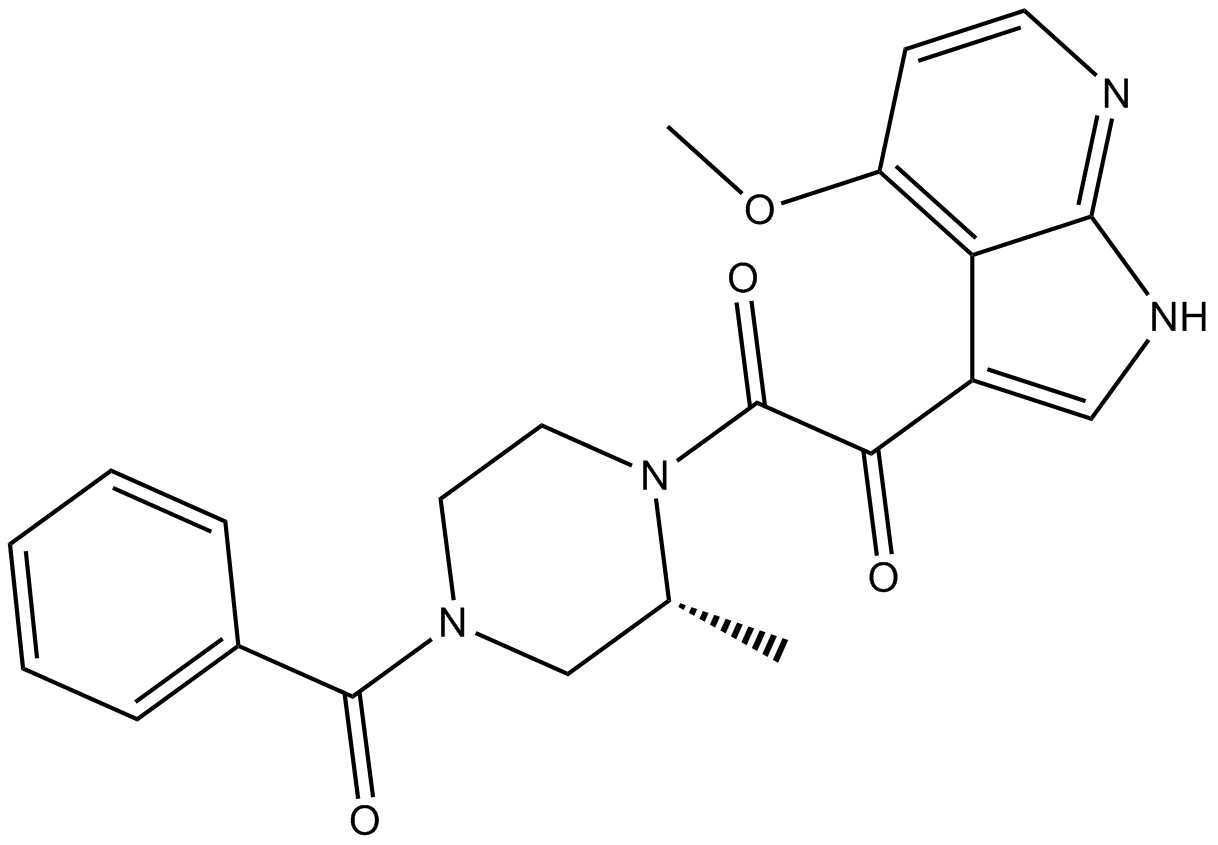
-
GC10570
BMS-538203
HIV integrase inhibitor,highly efficient
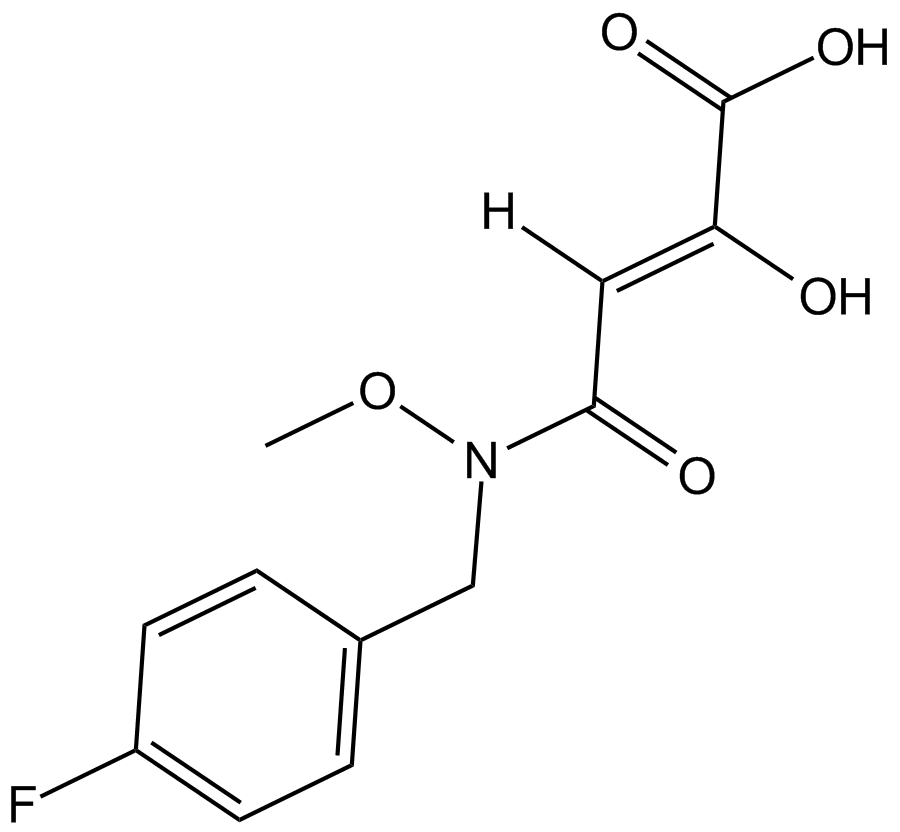
-
GC10794
BMS-626529
An HIV-1 attachment inhibitor
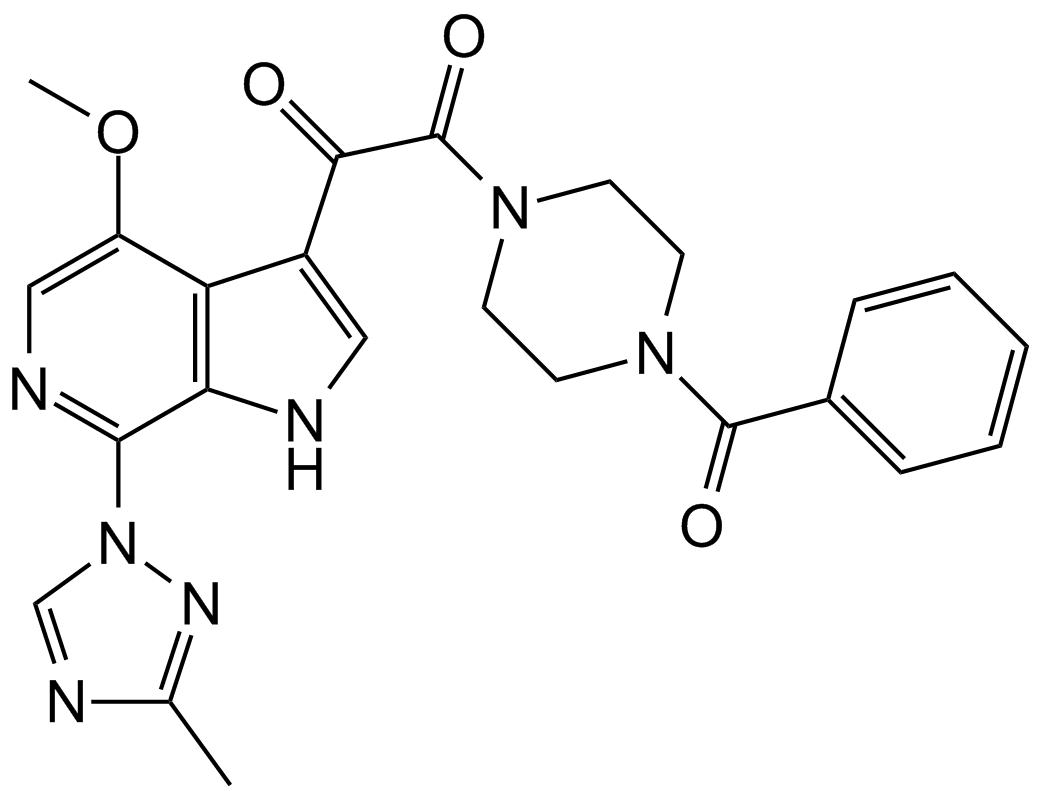
-
GC13119
BMS-663068
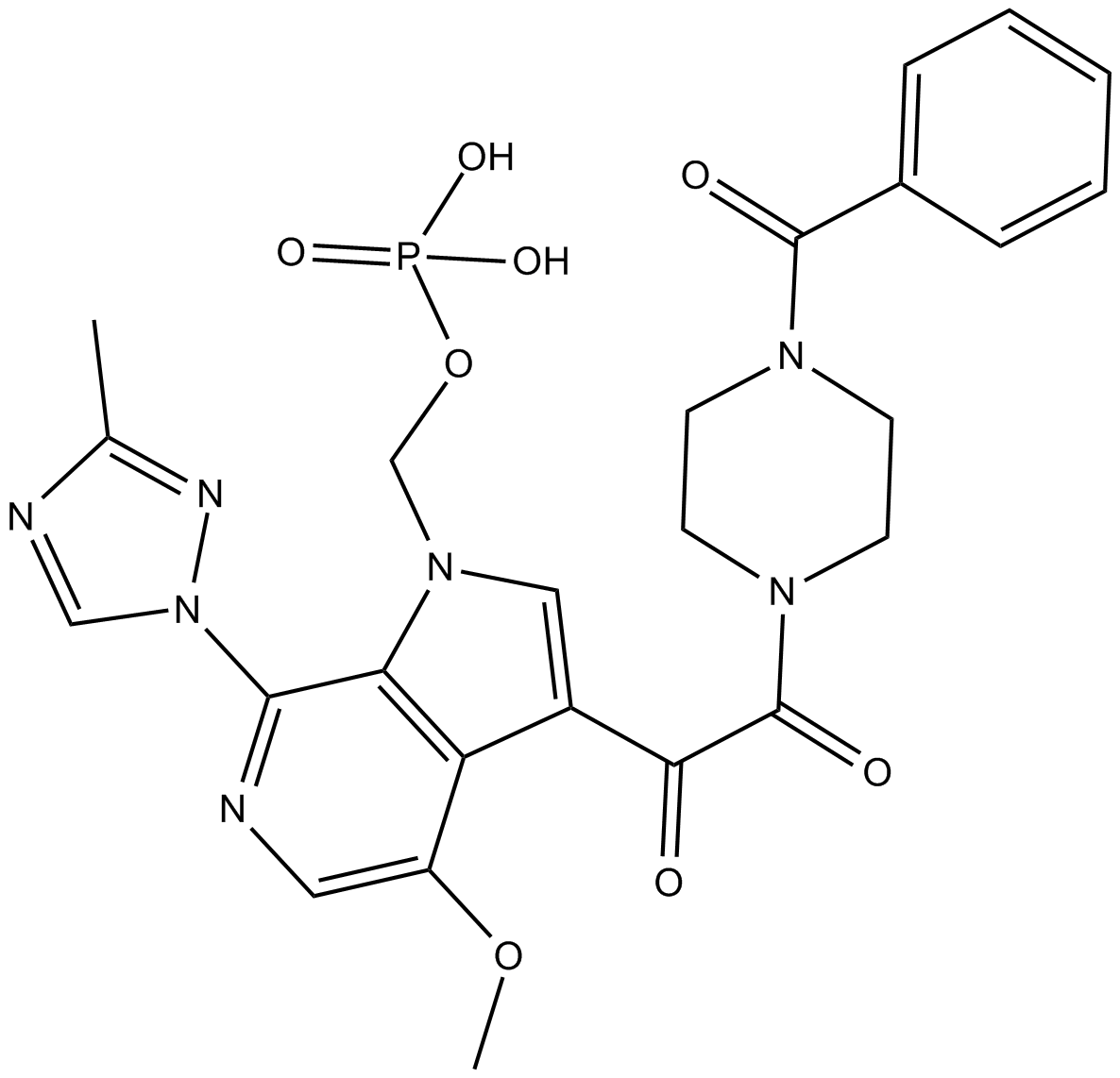
-
GC11923
BMS-707035
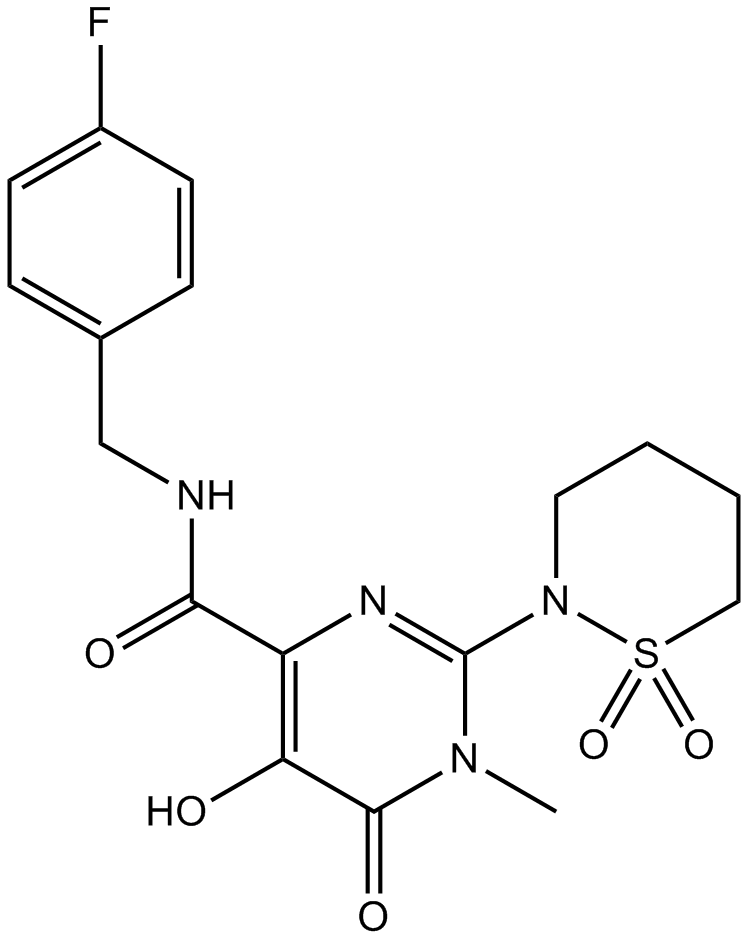
-
GC32256
BMY-43748
BMY-43748 is a promising antibacterial agent, exhibiting great in vitro and in vivo antibacterial activity.
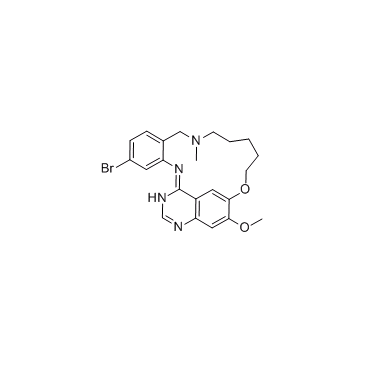
-
GC32349
BO3482
BO3482 has Antimicrobial activity and can inhibit the growth of methicillin-resistant Staphylococci (MRS) with an MIC90 of 6.25 mg/mL.
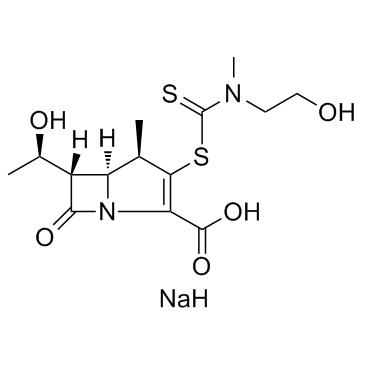
-
GC10959
Boceprevir
An NS3/4A protease inhibitor
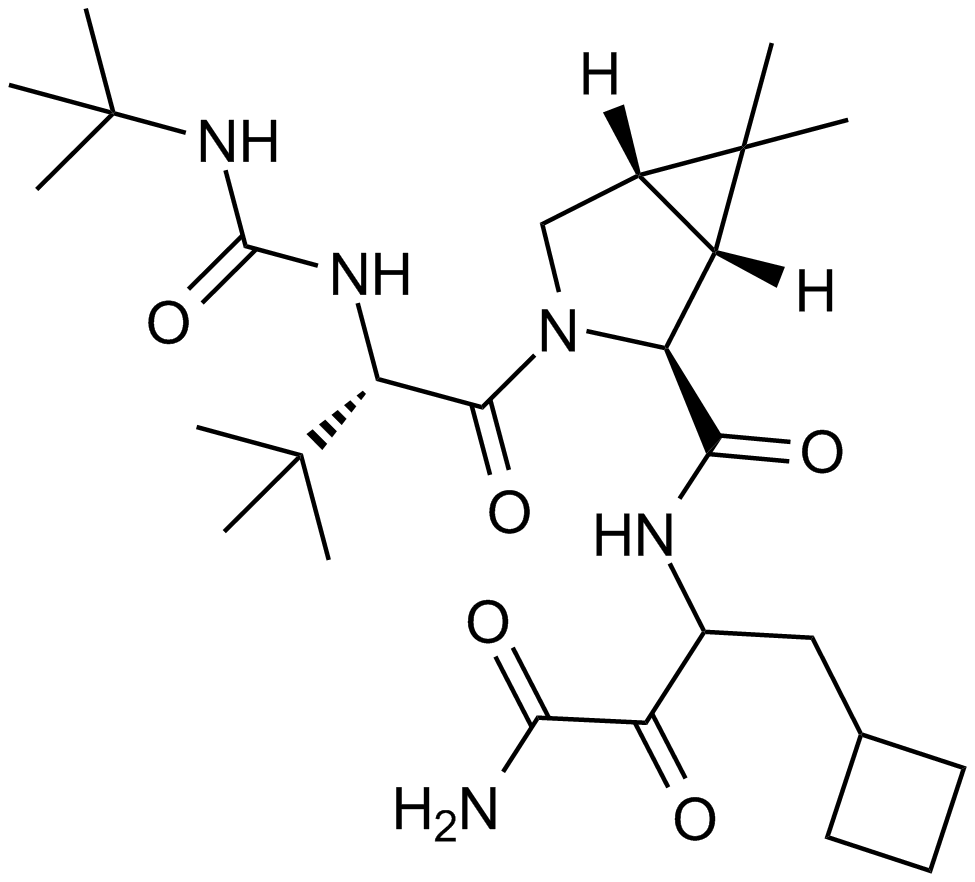
-
GC46936
Boceprevir-d9
An internal standard for the quantification of boceprevir
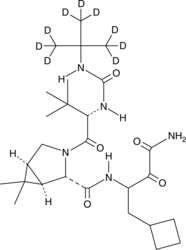
-
GC32299
Bombinin-Like Peptide BLP-1
Bombinin-Like Peptide BLP-1 is an antimicrobial peptide from Bombina species.
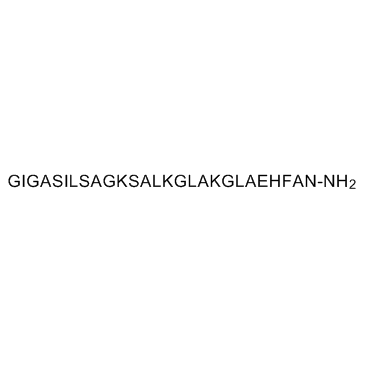
-
GC61885
Bonducellpin D
Bonducellpin D is a furanoditerpenoid lactone isolated from Caesalpinia minax.
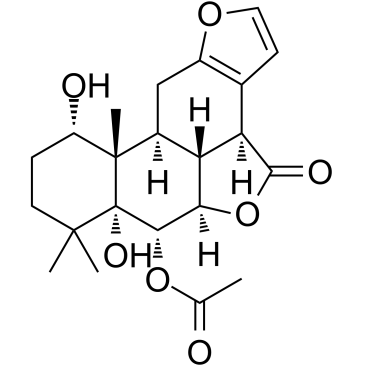
-
GC42967
Boromycin
Boromycin is a boron-containing macrolide antibiotic that has been found in Streptomyces.
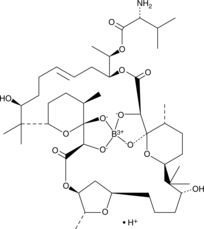
-
GC11040
Borrelidin
threonyl-tRNA synthetase (ThrRS) inhibitor
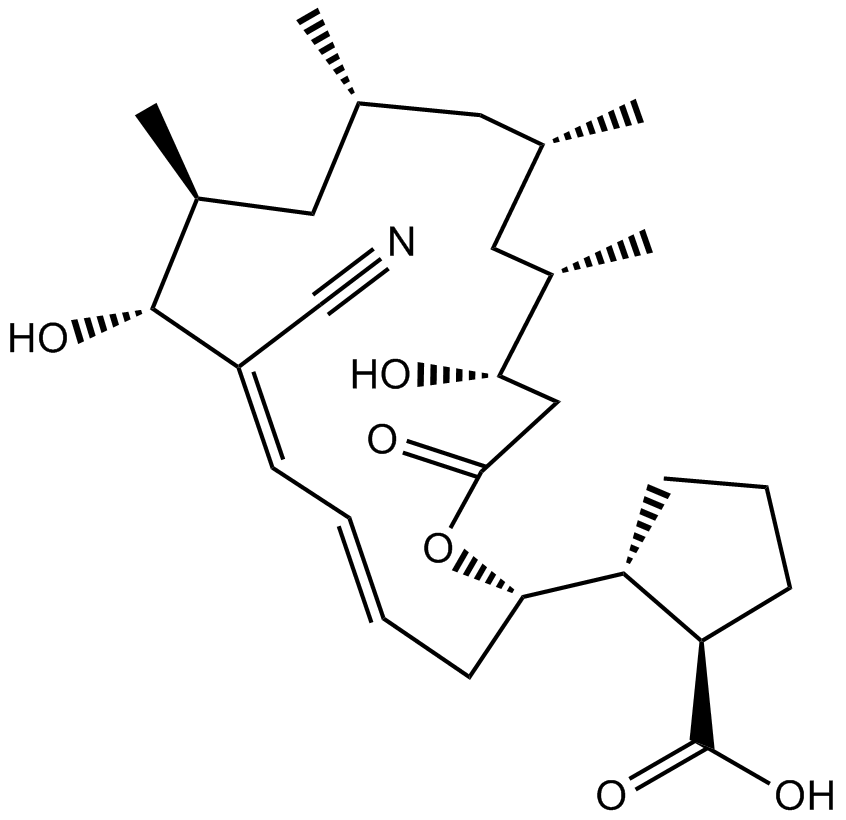
-
GC65355
BPH-715
BPH-715 is a bisphosphonate, inhibits Plasmodium liver-stage growth, with an IC50 of 10 μM for Plasmodium exoerythrocytic forms in HepG2 cells.
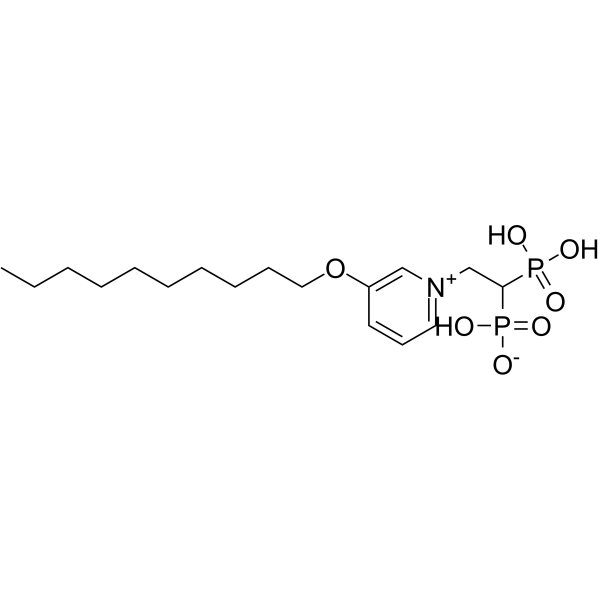
-
GC42969
bpV(phen) (potassium hydrate)
bpV(phen) (potassium hydrate), a insulin-mimetic agent, is a potent protein tyrosine phosphatase (PTP) and PTEN inhibitor with IC50s of 38 nM, 343 nM and 920 nM for PTEN, PTP-β and PTP-1B, respectively.
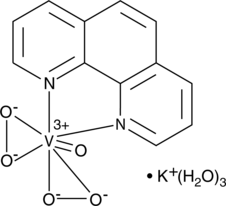
-
GC32163
BQR-695 (NVP-BQR695)
BQR-695 (NVP-BQR695) is a PI4KIIIβ inhibitor with IC50s of 80 and 3.5 nM for human PI4KIIIβ and Plasmodium variant of PI4KIIIβ, respectively.
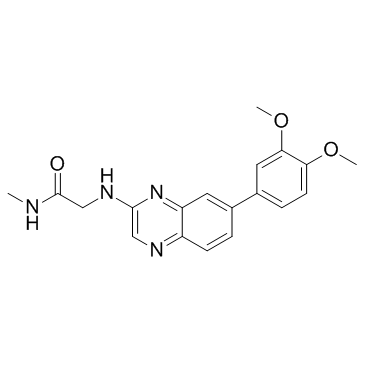
-
GC50140
BRACO 19 trihydrochloride
Telomerase inhibitor
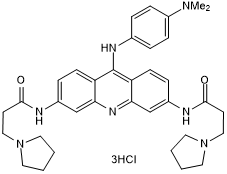
-
GC38742
BRD-6929
An HDAC1 and HDAC2 inhibitor
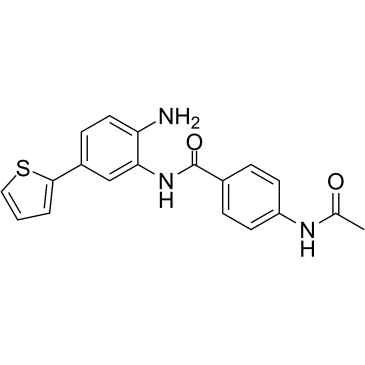
-
GC39238
BRD-K98645985
BRD-K98645985 is a BAF (mammalian SWI/SNF) transcriptional repression inhibitor with an EC50 of ~2.37 ?M.
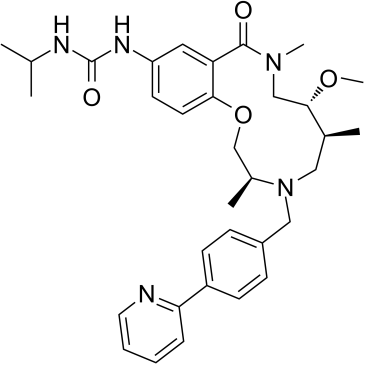
-
GC17683
Brefeldin A
Brefeldin A (BFA) is a fungal macrocyclic lactone and a potent, reversible inhibitor of intracellular vesicle formation and protein trafficking between the endoplasmic reticulum (ER) and the Golgi apparatus.
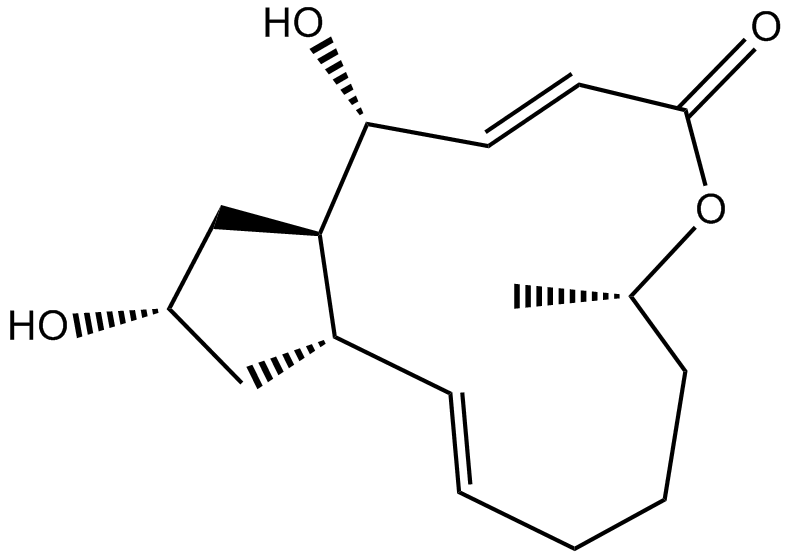
-
GC19082
Brequinar
Brequinar is a potent inhibitor of dihydroorotate dehydrogenase, with potent activities against a broad spectrum of viruses.
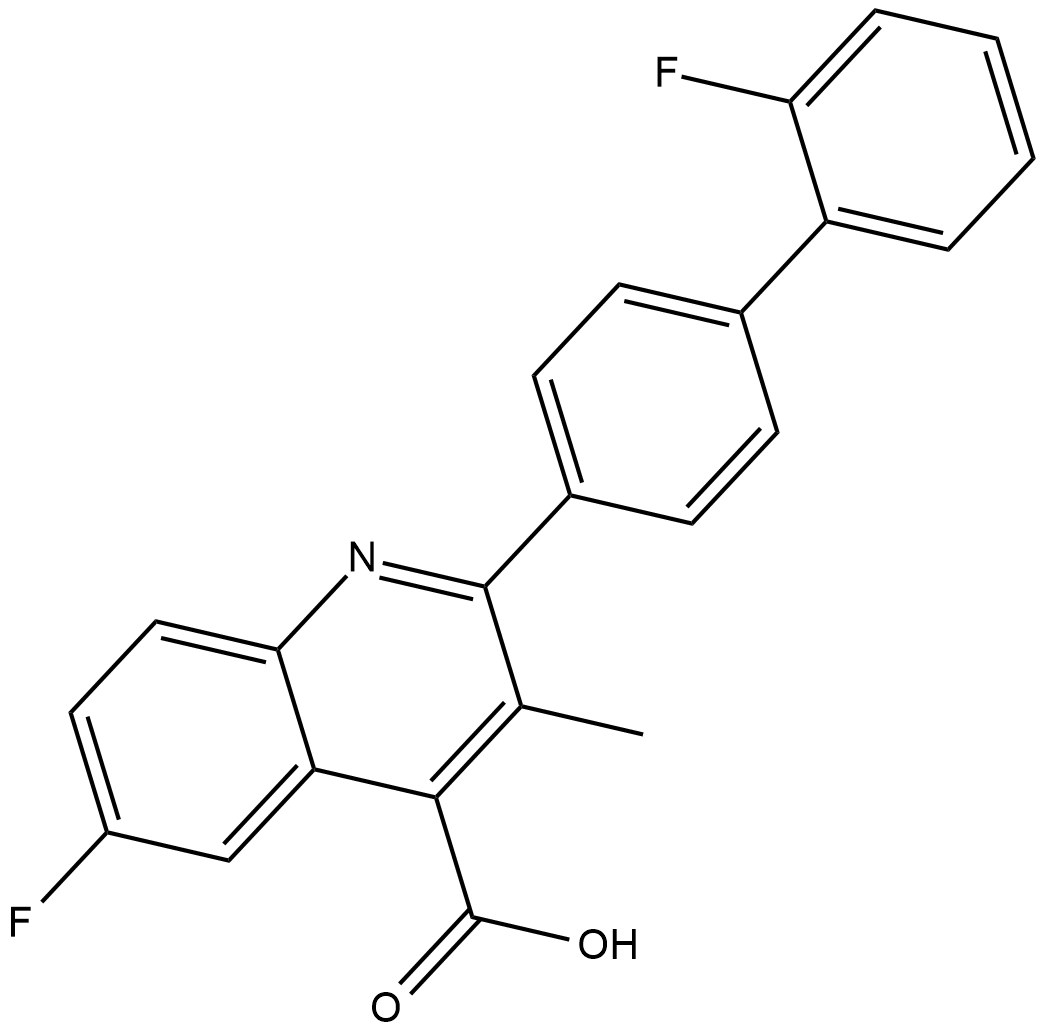
-
GC50377
Brequinar sodium
Potent and selective DHODH inhibitor
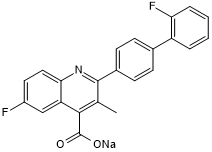
-
GC30156
Brevianamide F (Cyclo(L-Pro-L-Trp))
Brevianamide F (Cyclo(L-Pro-L-Trp)) (Cyclo(L-Pro-L-Trp)) is a mycotoxin isolated from Colletotrichum gloeosporioides, with antibacterial activity.
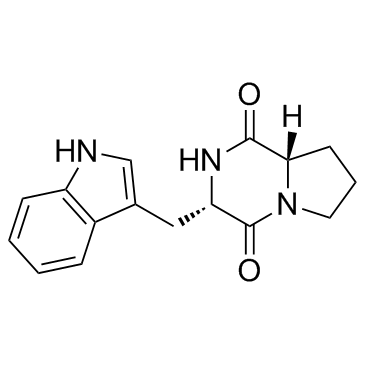
-
GC32238
Brilacidin (PMX 30063)
Brilacidin (PMX 30063) (PMX 30063) is an anti-infective antimicrobial with MIC90s of 1 and 8 μg/mL for Gram-positive bacteria Streptococcus pneumonia and Streptococcus viridans, and MIC90 of 8 and 4 μg/mL for Gram-negative bacteria Haemophilus influenza and Pseudomonas aeruginosa.
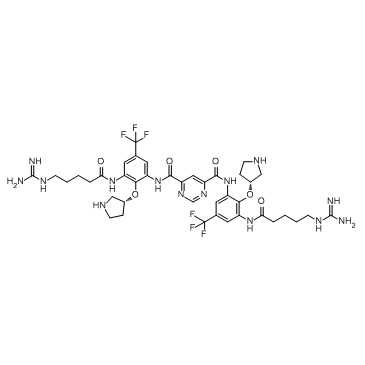
-
GC39353
Brilliant Black BN
A sulfonated azo dye with antiviral activity
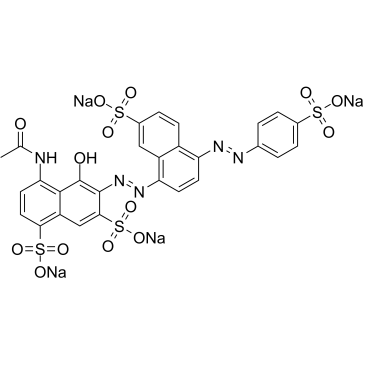
-
GC61529
BRITE-338733
BRITE-338733 is a RecA ATPase inhibitor, with an IC50 of 4.7 ?M.
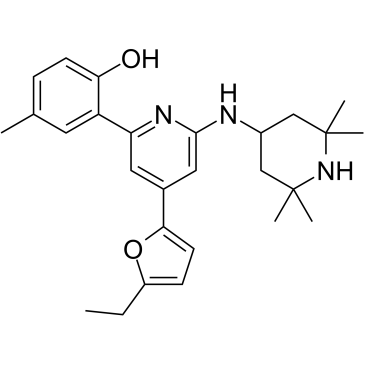
-
GC33923
Brivudine (Bromovinyldeoxyuridine)
Brivudine (Bromovinyldeoxyuridine) is a thymidine analogue with antiviral activity, indicated for the early treatment of acute herpes zoster.
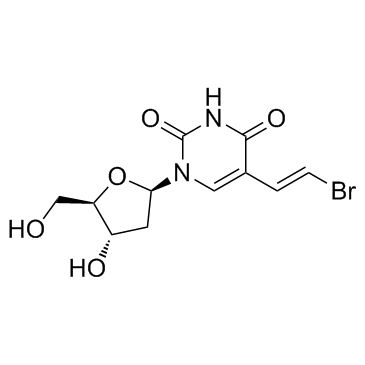
-
GC32371
BRL44385
BRL44385 is a potent and selective inhibitor of the replication of herpes simplex virus types 1 and 2 (HSV-1 and HSV2), varicella zoster virus (VZV) and Epstein-Barr virus (EBV).
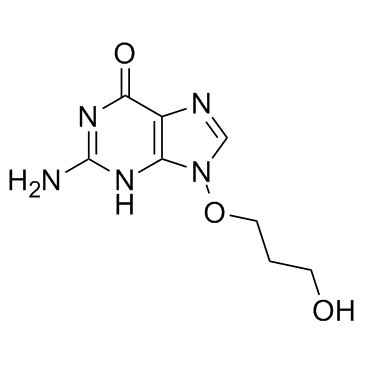
-
GC63622
Brodimoprim
Brodimoprim (Ro 10-5970), a trimethoprim analogue, is an orally active dihydrofolate reductase inhibitor.
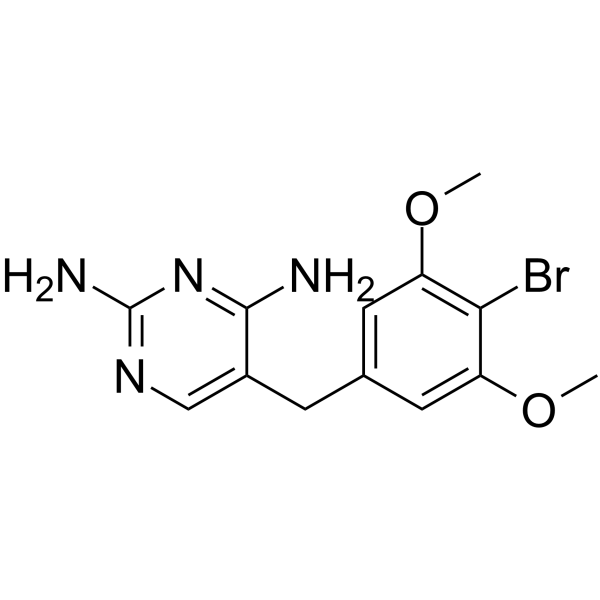
-
GC30921
Bronopol (BNPD)
Bronopol (BNPD) is an antimicrobial, with low mammalian toxicity (at in-use levels) and high activity against bacteria (especially the troublesome Gram-negative species).
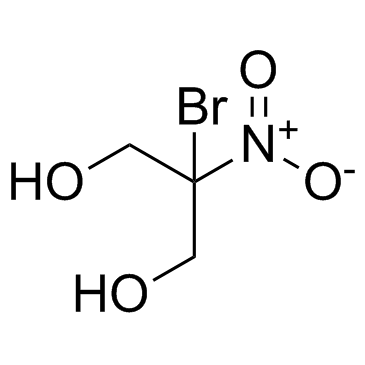
-
GC32155
Broxaldine (Brobenzoxaldine)
Broxaldine (Brobenzoxaldine) (Brobenzoxaldine) is an antiprotozoal agent.
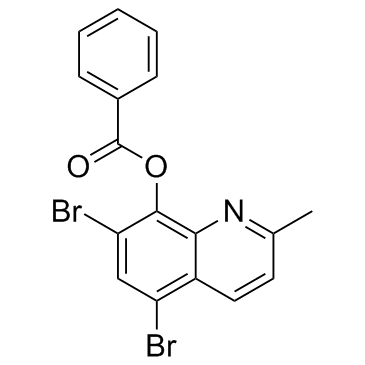
-
GC10347
Broxyquinoline
Antiprotozoal agent
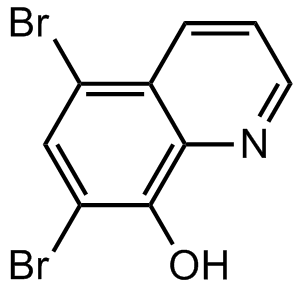
-
GC17948
Bruceine A
antibabesial activity

-
GC65495
Bruceine B
Bruceine B inhibits protein synthesis and nucleic acid synthesis.
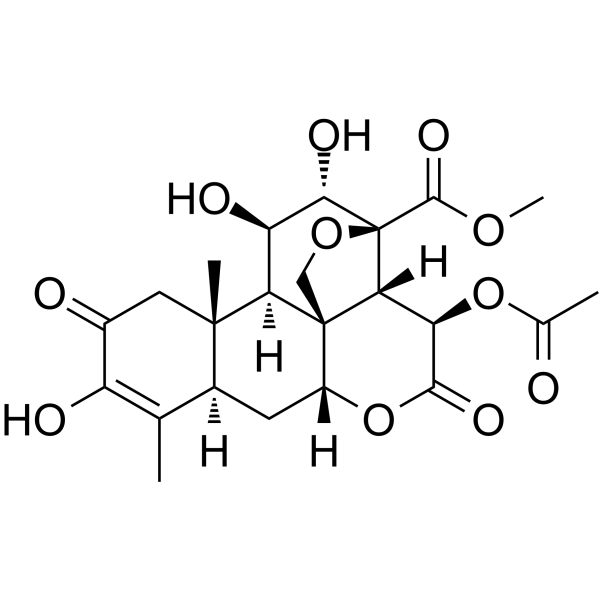
-
GC60667
BSH-IN-1
An inhibitor of bile salt hydrolases
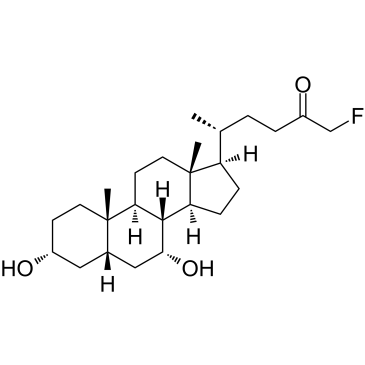
-
GC40680
BTZ043
BTZ043 is an antibiotic with antimycobacterial activity.
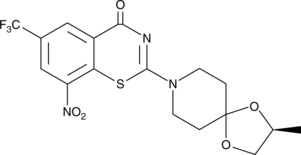
-
GC18127
BTZ043 Racemate
DprE1 inhibitor
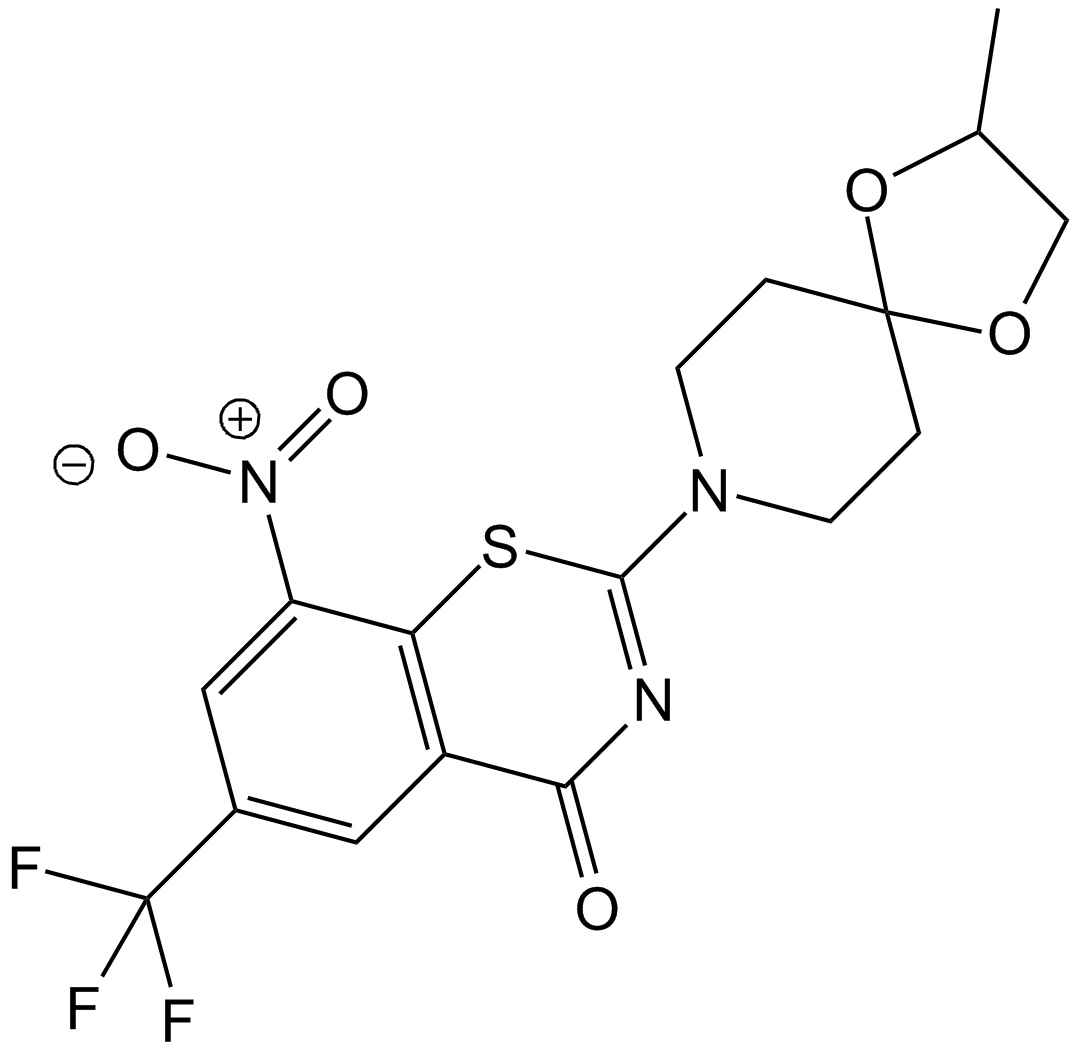
-
GC35569
Buparvaquone
An electron transport chain inhibitor
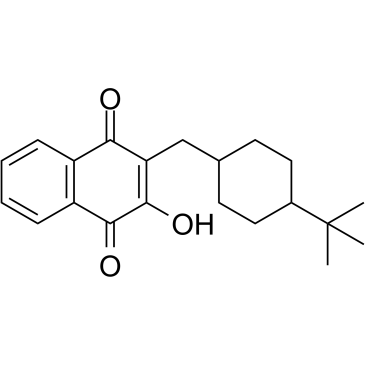
-
GC25181
Butenafine
Butenafine is a synthetic benzylamine antifungal agent.
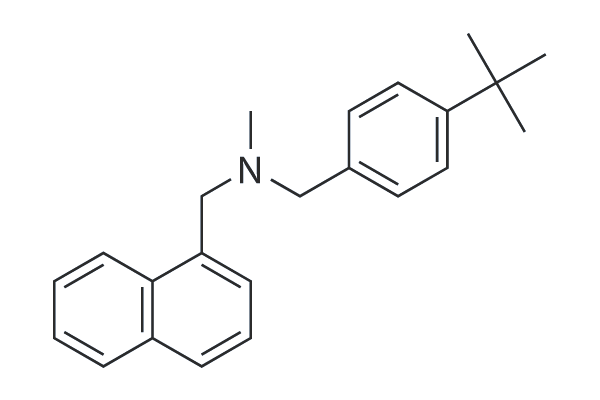
-
GC13207
Butenafine HCl
Butenafine HCl (KP363 Hydrochloride) is a synthetic benzylamine antifungal, works by inhibiting the synthesis of sterols by inhibiting squalene epoxidase.
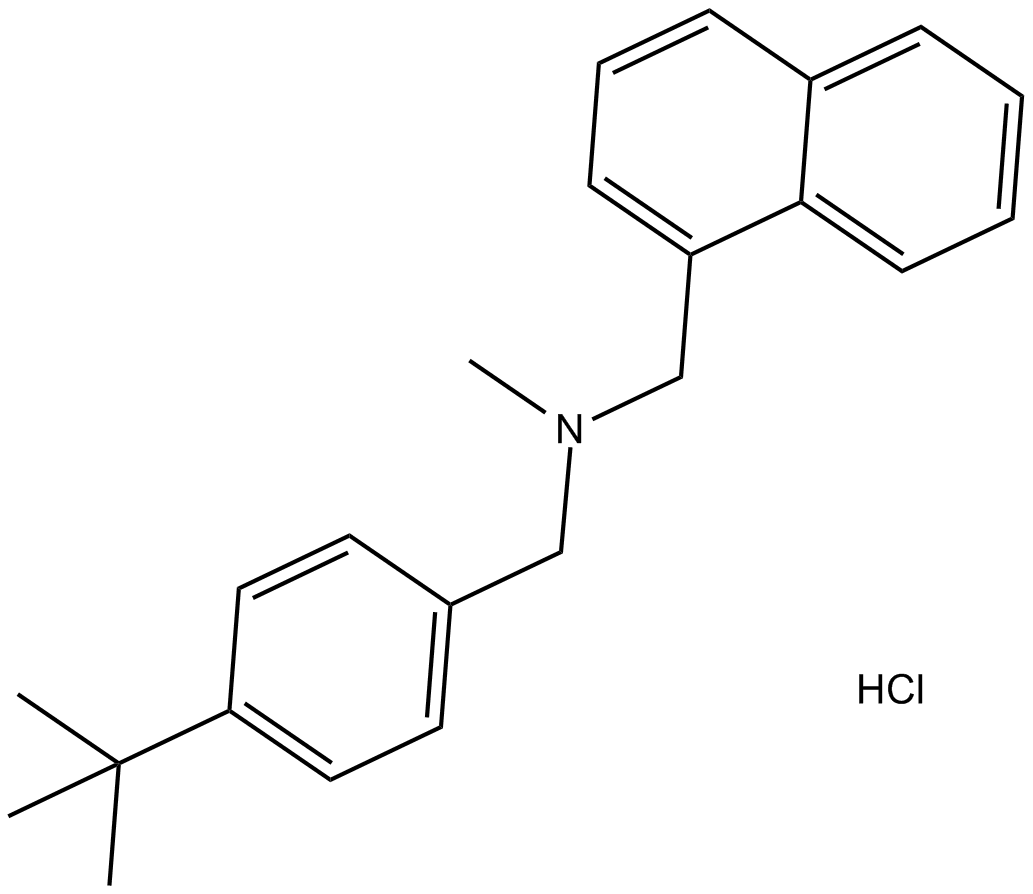
-
GC49136
Butenafine-13C-d3 (hydrochloride)
An internal standard for the quantification of butenafine
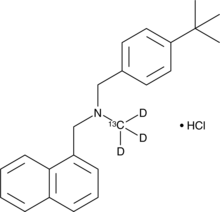
-
GC25182
Butoconazole
Butoconazole is an imidazole antifungal used in gynecology.
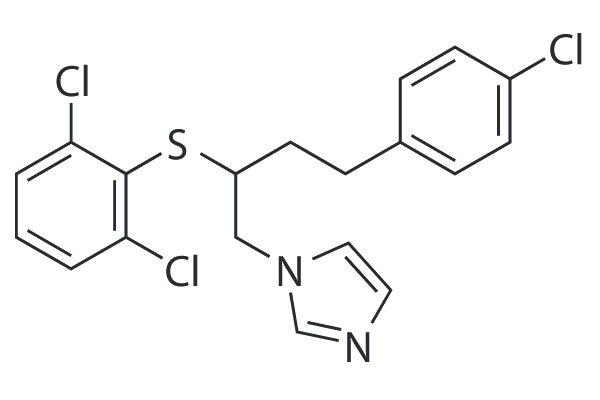
-
GC12984
Butoconazole nitrate
Antifungal agent
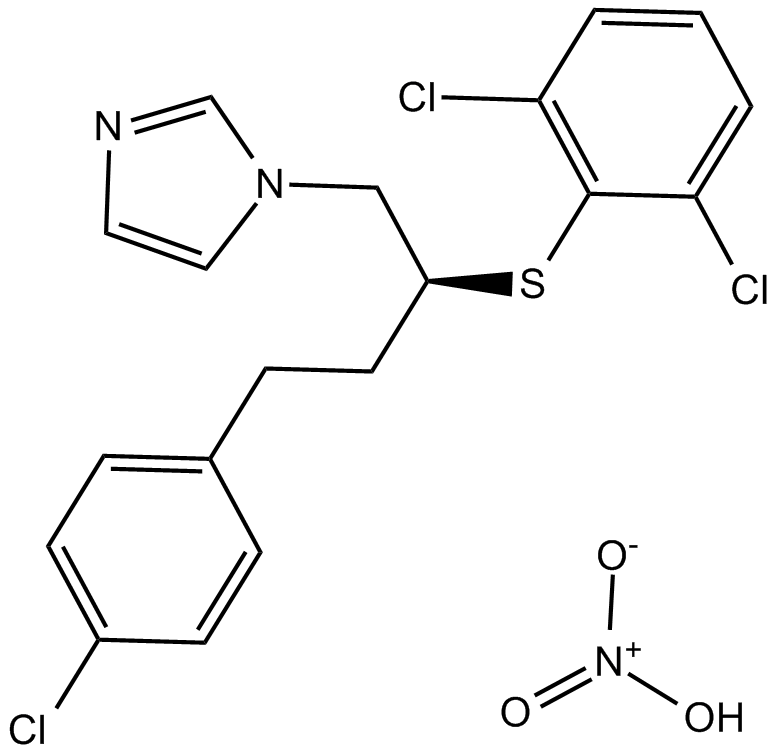
-
GC32255
Butylparaben (Butyl parahydroxybenzoate)
Butylparaben (Butyl parahydroxybenzoate) is an organic compound, has proven to be a highly successful antimicrobial preservative in cosmetics, also used in medication suspensions, and as a flavoring additive in food.
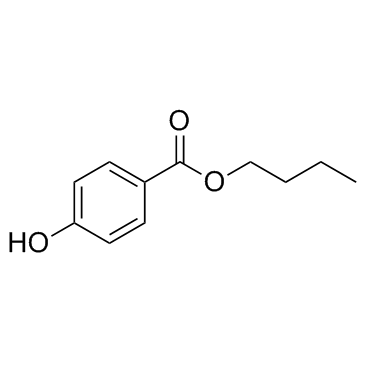
-
GC39739
Bz-RS-iSer(3-Ph)-OMe
Bz-RS-iSer(3-Ph)-OMe (compound 2), a Taxol derivative, inhibits HSV replication cycle at low cytotoxicity, blocks mitotic divisions of Vero cells, influences M-MSV induced tumor size and affects immune response by inhibiting PHA-induced T lymphocyte proliferation.
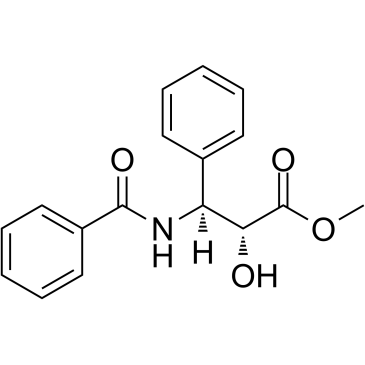
-
GC13643
c-di-AMP
C-di-AMP is a STING agonist, which binds to the transmembrane protein STING, thereby activating the TBK3-IRF3 signaling pathway, subsequently triggering the production of type I IFN and TNF.
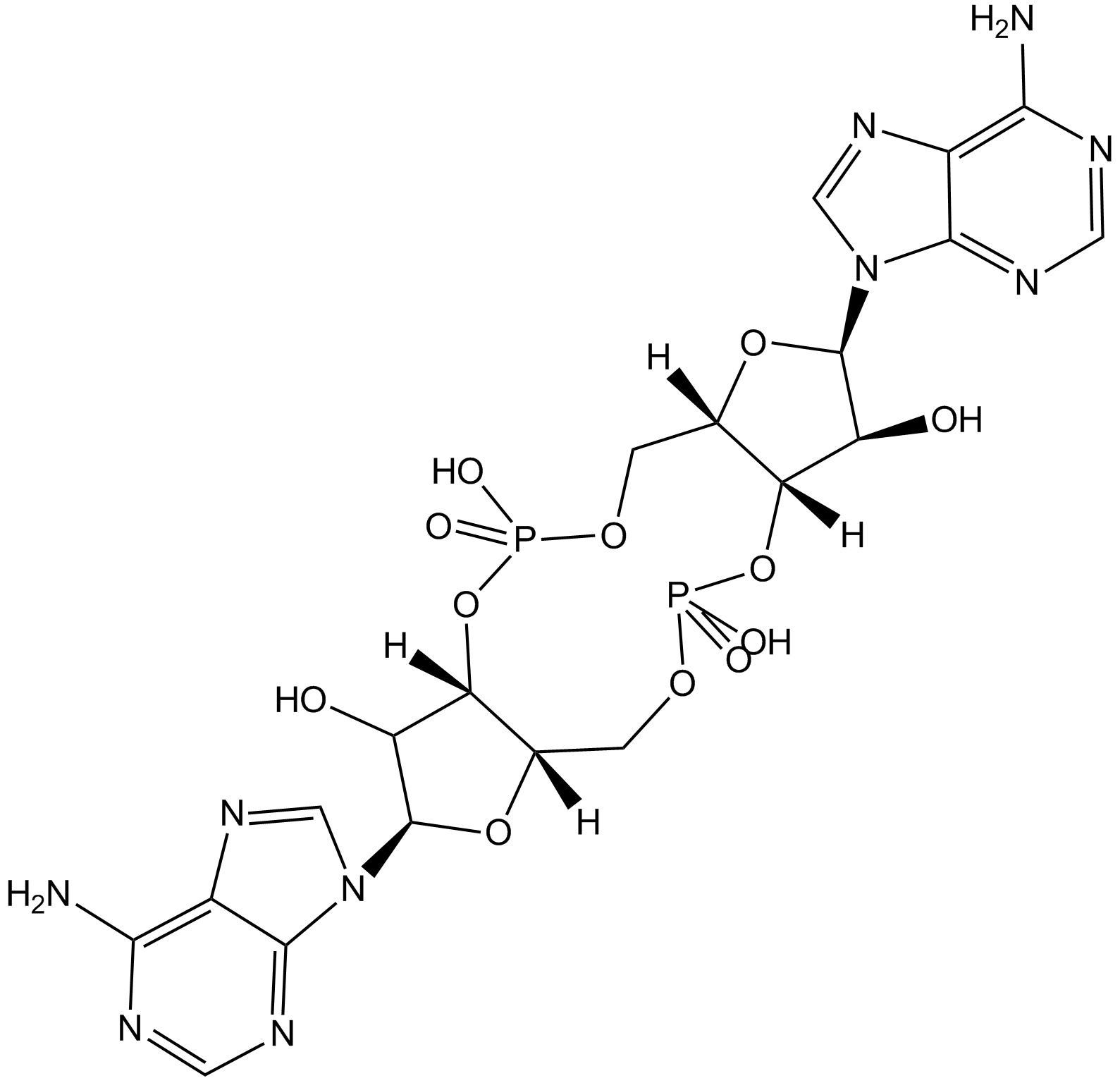
-
GC62198
c-di-AMP sodium
C-di-AMP is a STING agonist, which binds to the transmembrane protein STING, thereby activating the TBK3-IRF3 signaling pathway, subsequently triggering the production of type I IFN and TNF.
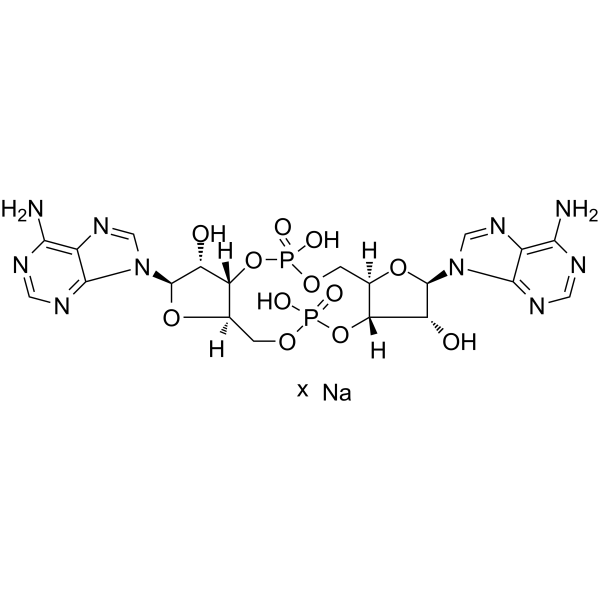
-
GC43020
C12E8
C12E8 (C12E8) is an non-ionic detergent that can be used for membrane protein extraction.



